Behind every great man, there's an even greater woman: meet the brilliant women who influenced history from behind the scenes
These women weren’t sidekicks, they were the secret sauce of success
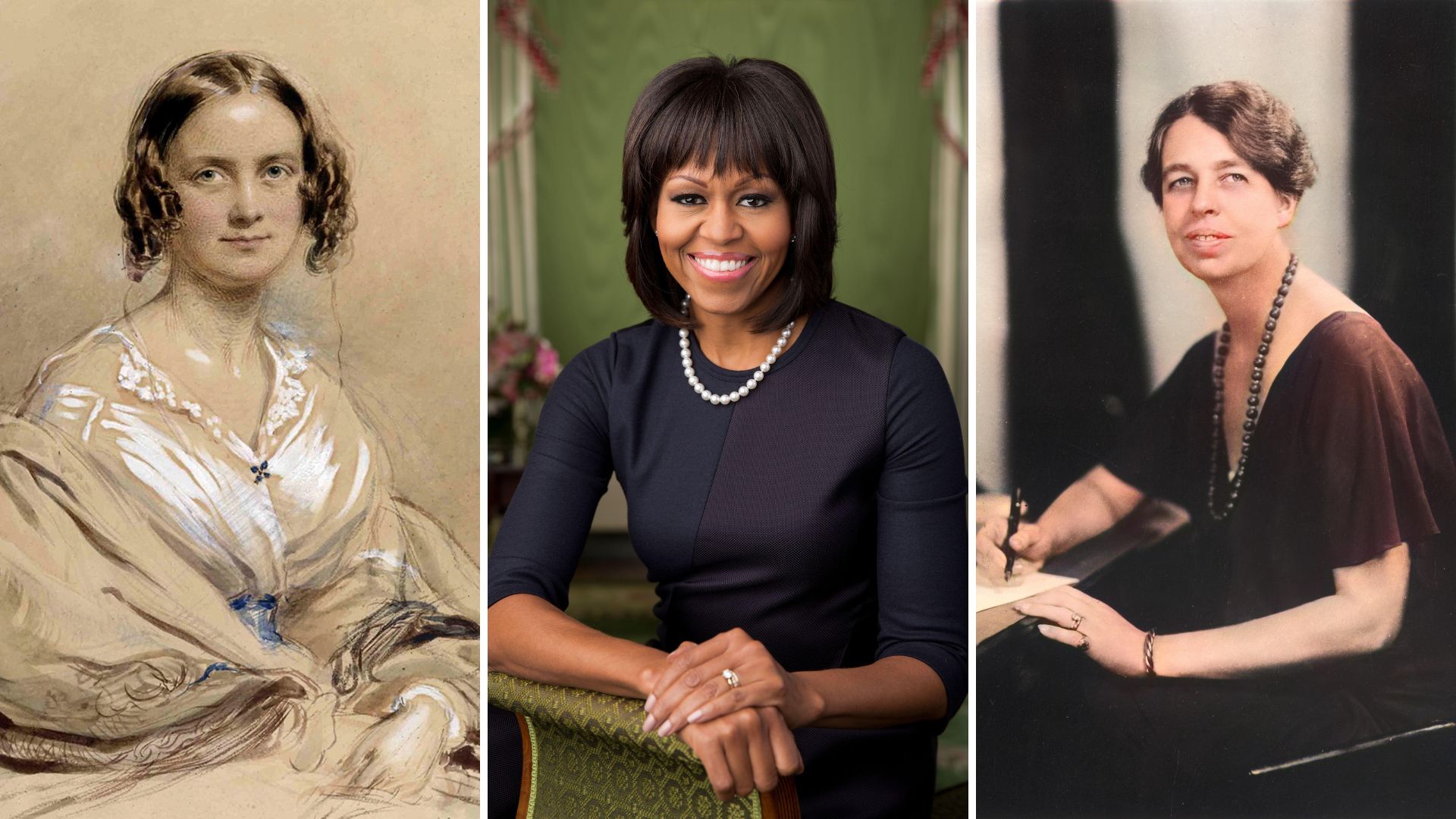

Let’s be real, history tends to spotlight the men in charge. But look a little closer, and you’ll find women who didn’t just stand beside them; they helped shape their legacies.
From royal consorts and pushy mums to First Ladies and creative muses, these brilliant, strategic, and stylish women pulled the strings from the shadows, with some ruling regencies, others ghostwriting policy, but all daring their men to dream bigger.
So scroll on to meet the behind-the-scenes heroines who helped steer history from the wings, many of whom also carved out victories of their own along the way.
Madame de Pompadour
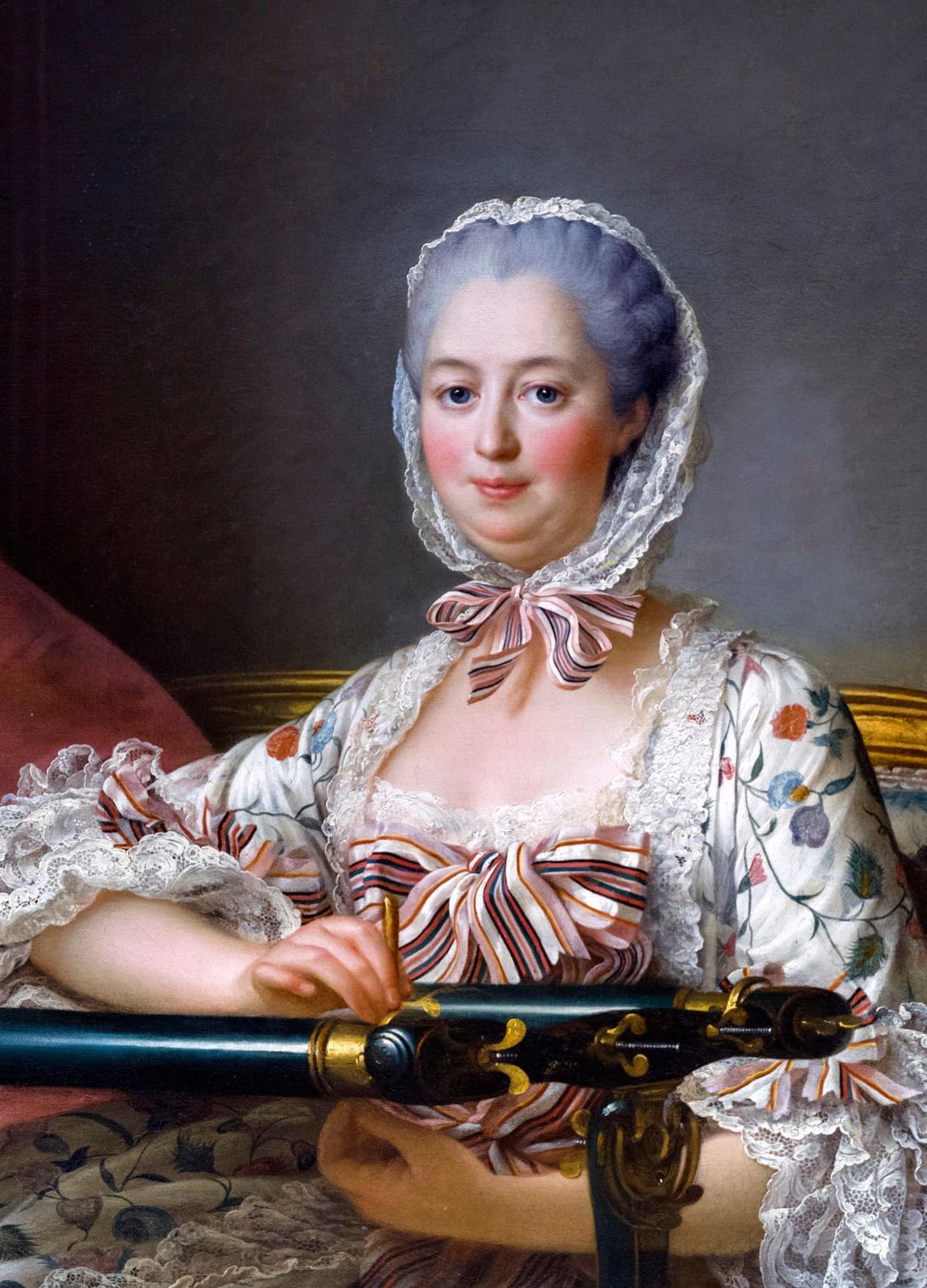
While Louis XV’s reign began with promise, it ultimately ended in disappointment, leaving France weakened and its people disillusioned. Yet amid the decline, Madame de Pompadour stood out as a force for good. More than just his most influential mistress, she was a trusted confidante who helped steady the monarchy behind the scenes. She advised on court appointments, shaped foreign alliances, and even steered censorship policy. On her own terms, her salon became a hub for Enlightenment debate, where thinkers like Voltaire found protection and patronage. A champion of Rococo art and the Sèvres porcelain works, she helped to embed culture and creativity at the heart of French identity, cementing her place as one of the great patrons of the Enlightenment.
Nancy Reagan

Far more than a First Lady, Nancy Reagan was Ronald Reagan’s closest adviser, especially in his later years. She influenced everything from White House staffing to the President’s schedule, even consulting an astrologer after his 1981 assassination attempt. Behind the scenes, she helped shape key political and diplomatic decisions, fiercely protecting his image as age and illness crept in. Publicly, she championed the “Just Say No” campaign, a defining anti-drug message of the 1980s, which played a role in reducing teen drug use during that era.
Elizabeth Schuyler Hamilton

Smart, steadfast, and fiercely devoted, Eliza Hamilton was the quiet force behind Alexander Hamilton’s rise, and also the reason we remember him today. She supported his political work, helped with his writings, and managed their home life through scandal and war, standing by him even after his very public affair with Maria Reynolds. After he was killed in a duel with political rival Aaron Burr in 1804, Eliza spent the next 50 years preserving his legacy by gathering his letters, appealing to colleagues for documents, and helping their son publish Hamilton’s biography. She also co-founded New York’s first private orphanage, which cared for over 700 children during her lifetime, leaving a legacy all her own.
Catherine de Medici
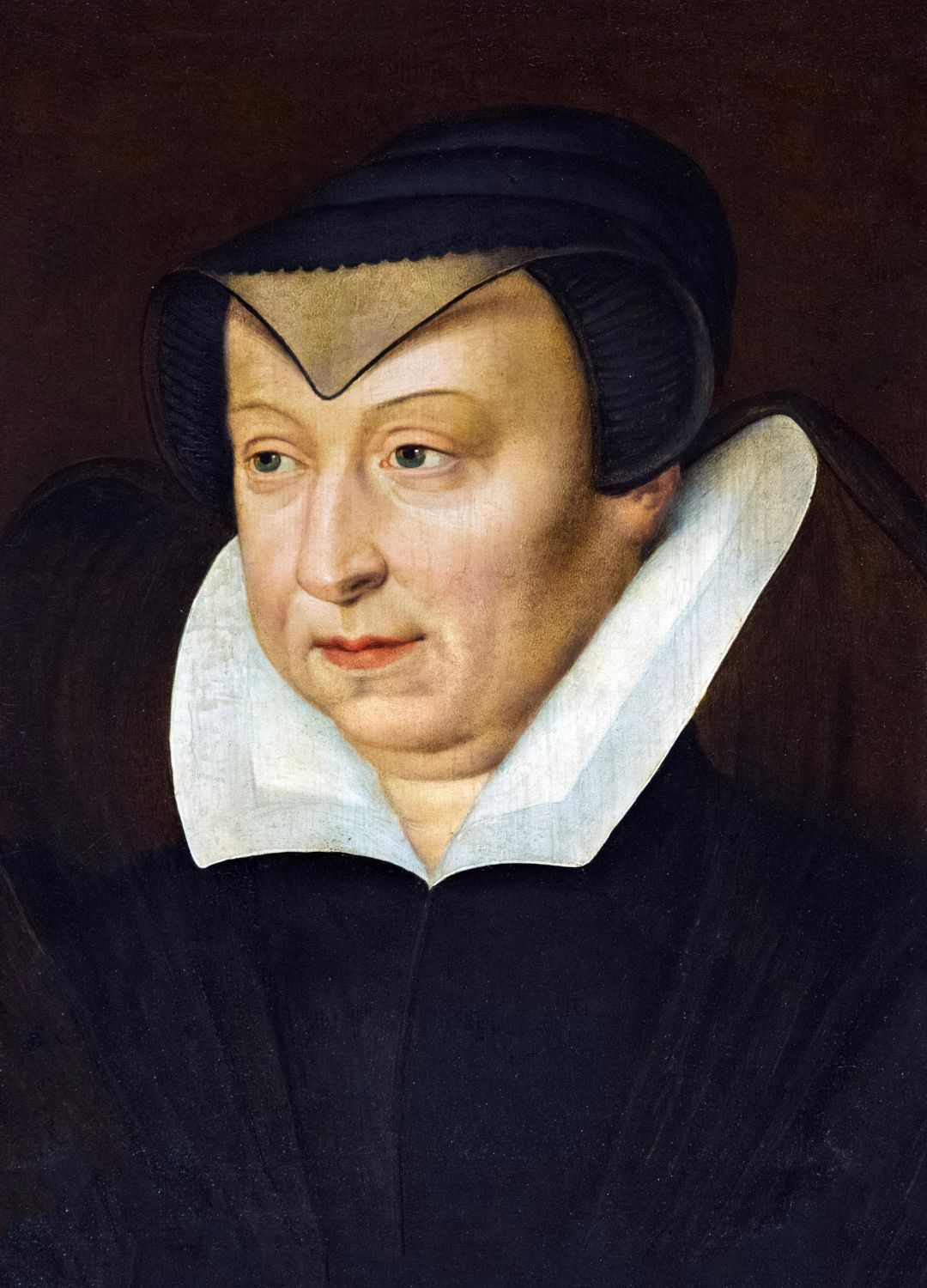
With a name like de Medici, you know to expect a lioness, not a lamb, and Catherine certainly didn't disappoint. Hailing from the notoriously powerful Florentine banking family who used their vast wealth to shape politics, patronise the arts, and marry into royalty, Catherine followed suit at just 14, marrying King Henri II of France.
Sign up to our free daily email for the latest royal and entertainment news, interesting opinion, expert advice on styling and beauty trends, and no-nonsense guides to the health and wellness questions you want answered.
Although she spent years patiently waiting in the wings, overshadowed by Henri’s formidable mistress, Diane de Poitiers, Catherine seized her moment the instant Henri died in a freak jousting accident, banishing Diane from court and stepping into the role of queen regent, for not just one son, but eventually three: Francis II, Charles IX, and Henry III, each crowned during one of France’s most violent and divided eras.
With unmatched cunning, she navigated court factions, negotiated with nobles, orchestrated royal marriages (including her own daughter’s to the future King of Navarre), and helped stabilise the monarchy through decades of religious and political unrest. Brilliant, strategic, and endlessly resilient, Catherine didn’t just sit beside the throne; she became it.
Eva Perón
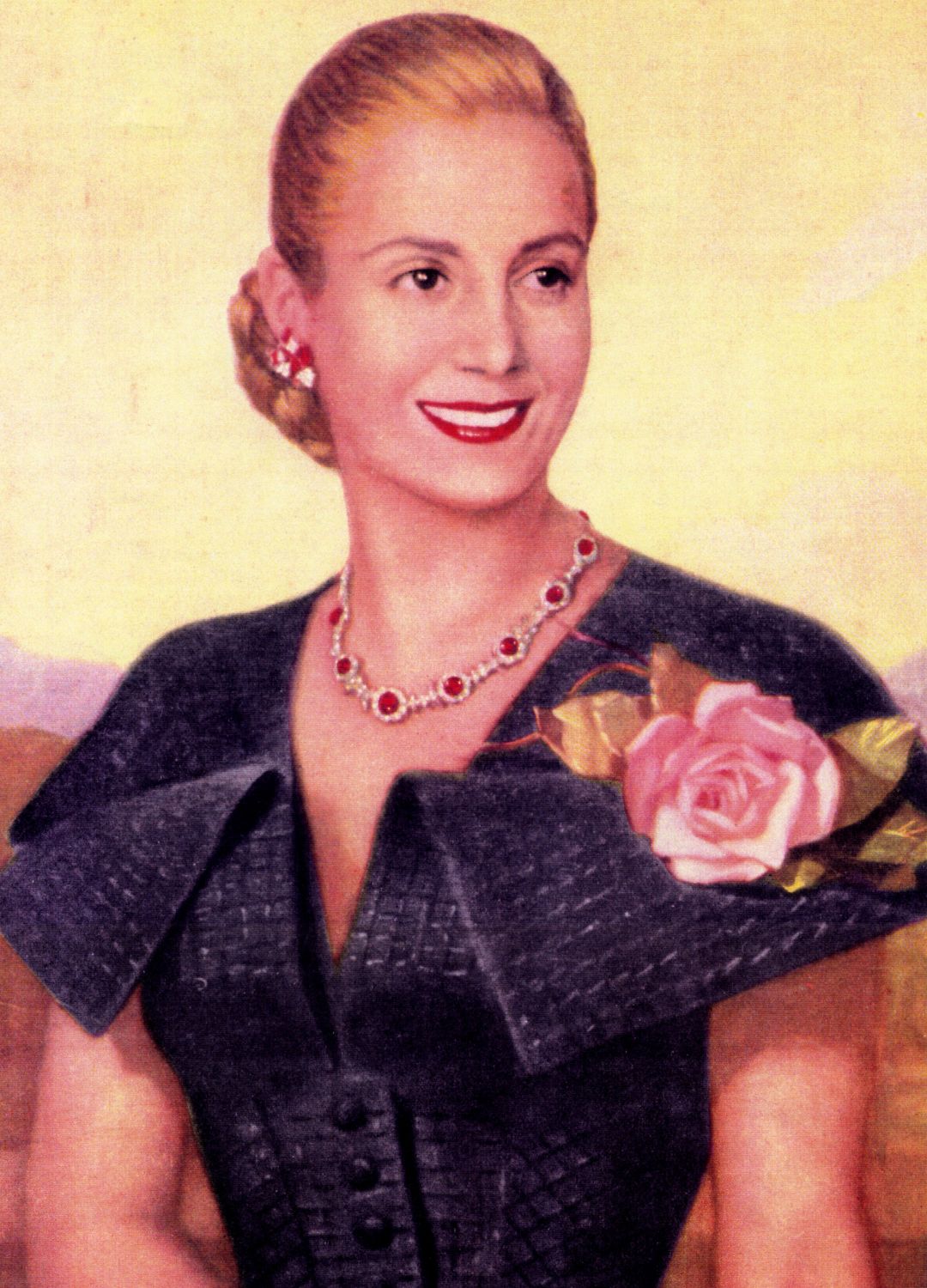
Married to Argentine president Juan Perón, Eva didn’t just stand by her man, she helped get him elected, rallying working-class support and energising pro-Peronist unions. But Eva soon stepped out of his shadow, running ministries, championing women’s suffrage, and founding the Female Peronist Party, Argentina’s first large-scale political party for women. Her vast charity work and bold reforms turned her into a global icon, later immortalised in the musical and Madonna-led film Evita, her enduring nickname.
Coretta Scott King
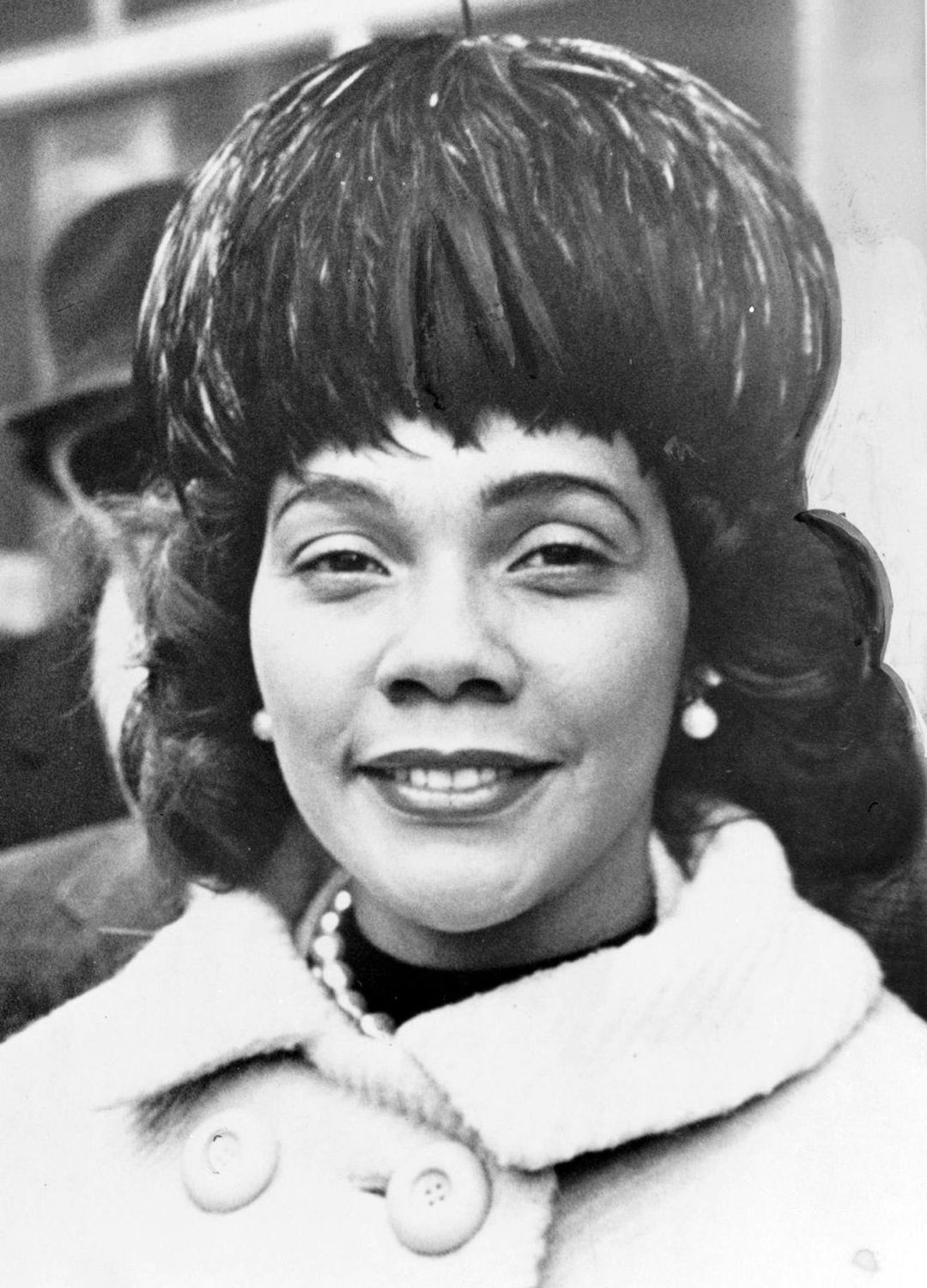
More than just the wife of Dr. Martin Luther King Jr., Coretta Scott King was a civil rights force in her own right. A classically trained singer turned activist, she used her voice, literally and politically, to campaign for racial justice, women’s rights, and LGBTQ+ equality. After Martin’s assassination in 1968, she carried the torch with fierce dignity, founding the King Center in Atlanta, a living memorial and vital hub for nonviolent social change. Coretta also worked tirelessly to make his birthday a national holiday.
Anne Boleyn
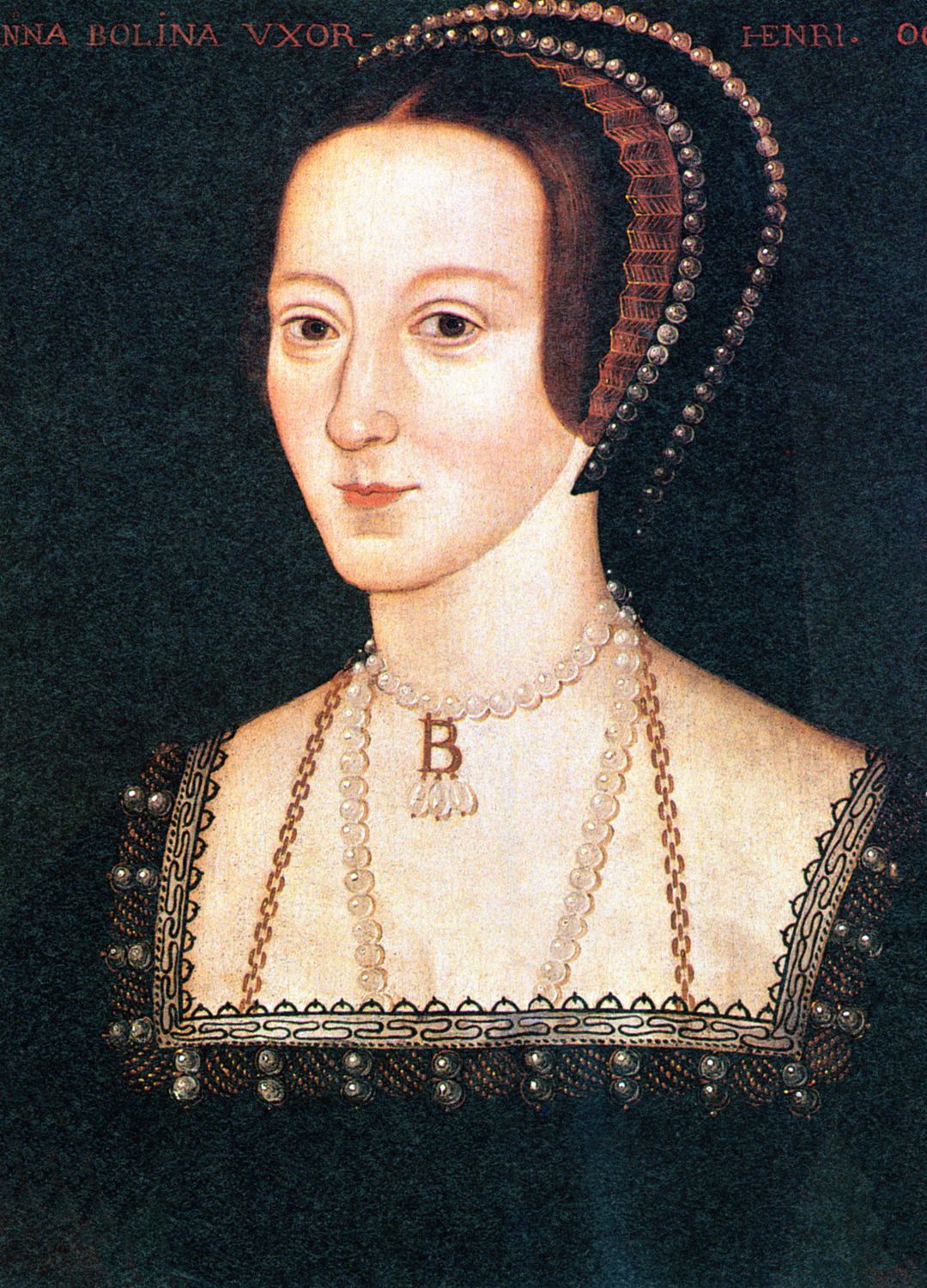
Anne Boleyn didn’t just change a king’s mind; she changed the course of English history. Smart, ambitious, and politically astute, Anne was sympathetic to Martin Luther’s anti-papal ideas and helped introduce reformist thinking to Henry VIII.
Combined with his desire to divorce his first wife, Catherine of Aragon, Anne’s influence helped ignite the English Reformation and England’s break from Rome. This seismic shift reduced Church corruption, encouraged direct access to scripture, and shaped the modern Church of England. Although she was later branded a villain and executed to suit Henry’s propaganda, clearing the way to marry Jane Seymour and father a male heir with public support, her true legacy lived on in her daughter, Elizabeth I. Not only did she achieve a great deal more than her father, but she’s remembered as one of Britain’s greatest ever monarchs.
Begum Rokeya
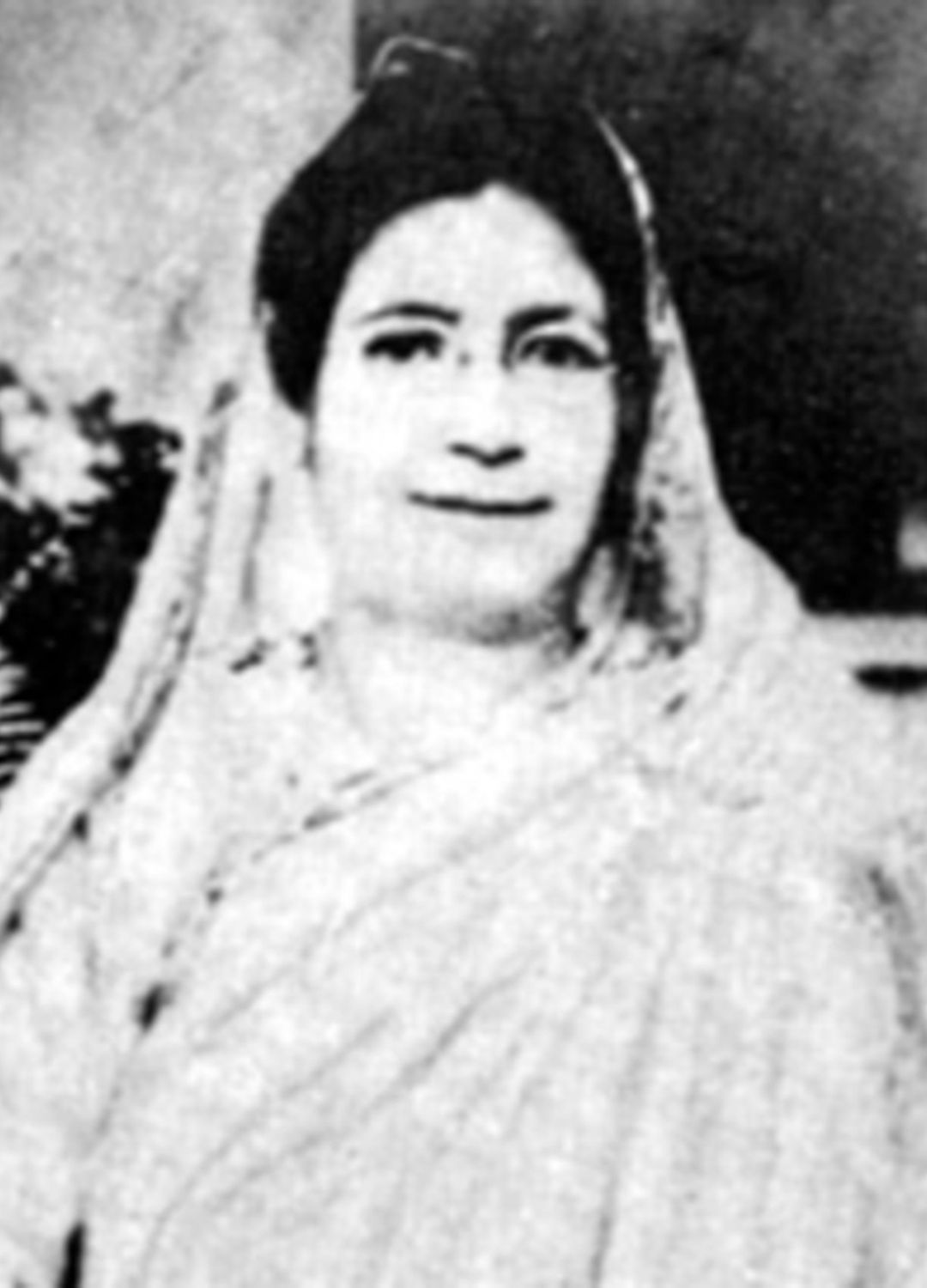
Sakhawat Hossain, a progressive Muslim deputy magistrate and social reformer, was an outspoken champion of women’s education, a radical stance in what was then British India. He was supported and inspired by his wife, Begum Rokeya, a pioneering writer, educator, and feminist. Through essays, activism, and fearless advocacy, she fought for women’s education, gender equality, and social reform in a society that sought to silence her. After Sakhawat’s death, she honoured his legacy by founding the Sakhawat Memorial Girls' School in 1911; the first school for Muslim girls in Kolkata.
Mileva Marić

A brilliant physicist in her own right, Mileva Marić studied alongside Albert Einstein at Zurich Polytechnic and later became his first wife. At a time when few women entered the sciences, she broke barriers and may have helped shape some of Einstein’s earliest ideas. Their letters reveal a close intellectual partnership, with Einstein referring to “our theory” in relation to what became his theory of relativity. While the extent of her contribution is still debated, her influence during his most formative years is hard to ignore.
Indira Gandhi
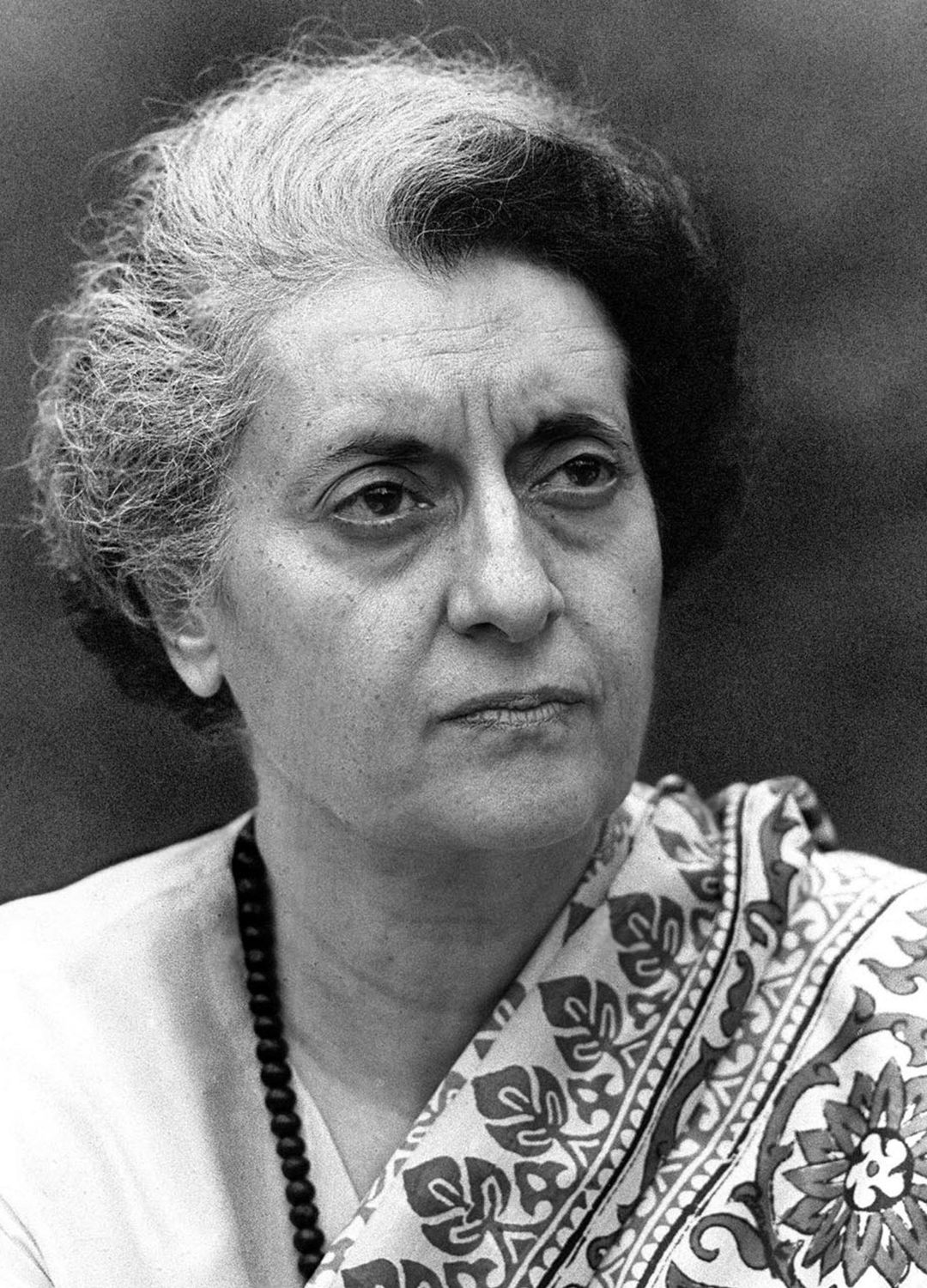
Before becoming India’s first female Prime Minister, Indira Gandhi was the trusted confidante and aide to her father, Jawaharlal Nehru, India’s first Prime Minister and a leading figure in the fight for independence alongside Mahatma Gandhi. As India transitioned from colonial rule to self-governance, Indira helped shape her father’s public image, advised on politics, and learned the machinery of power firsthand. Later, as Prime Minister herself, she led India through the 1971 war with Pakistan, launched the Green Revolution, and while not all of her decisions were universally praised, her legacy remains one of bold leadership, nation-shaping policies, and an unshakable presence on the world stage.
Maria Anna Mozart
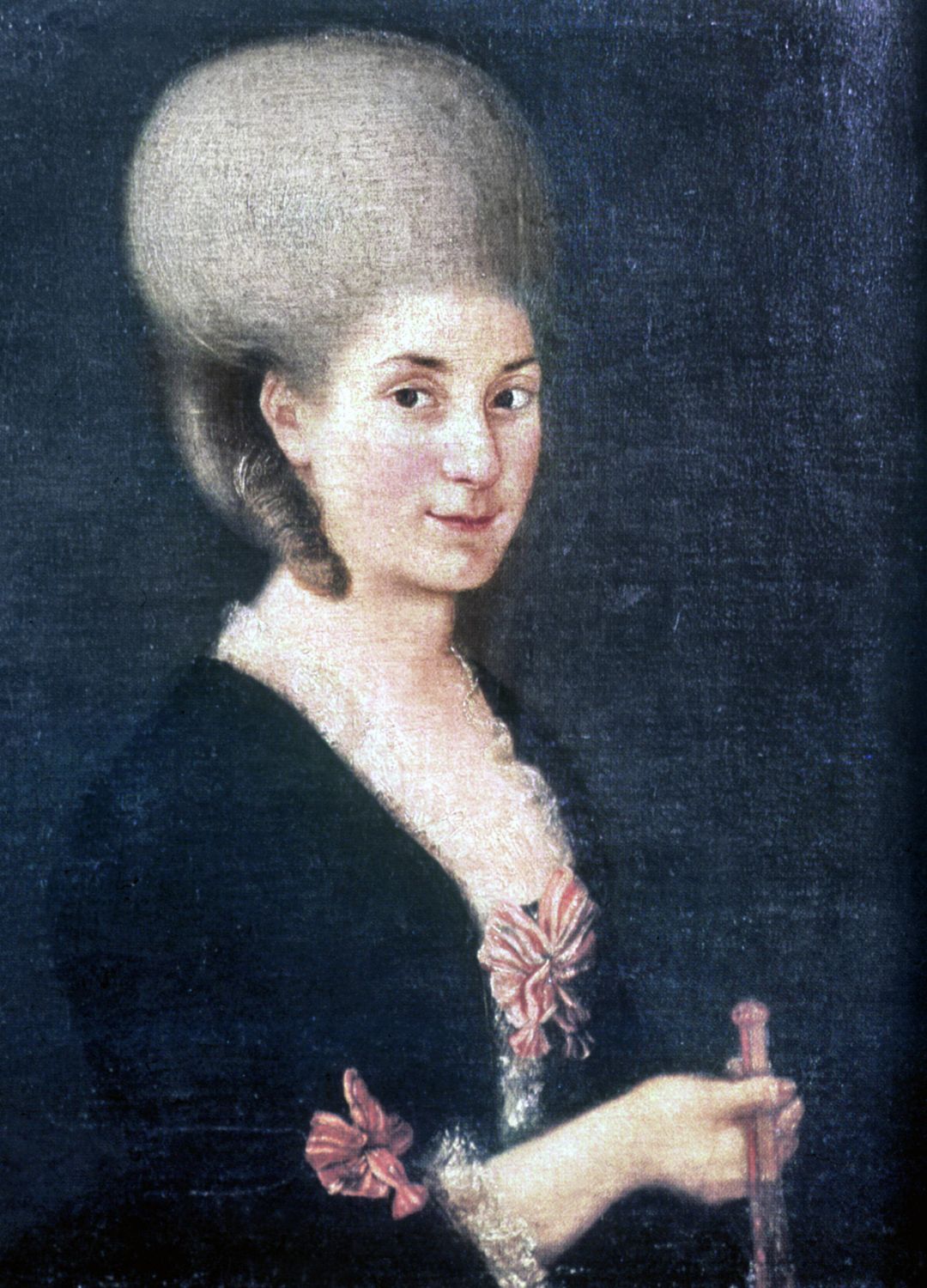
Four and a half years older than Wolfgang, Maria Anna, more affectionately known as “Nannerl”, was dazzling Europe as a child prodigy on the harpsichord and fortepiano long before her little brother rose to fame. Touring royal courts together, she was praised for her precision and artistry. As she grew up, social expectations curtailed her ambitions, but she remained Mozart’s trusted musical confidante, critiquing, performing, and even copying out his compositions.
Hilary Clinton
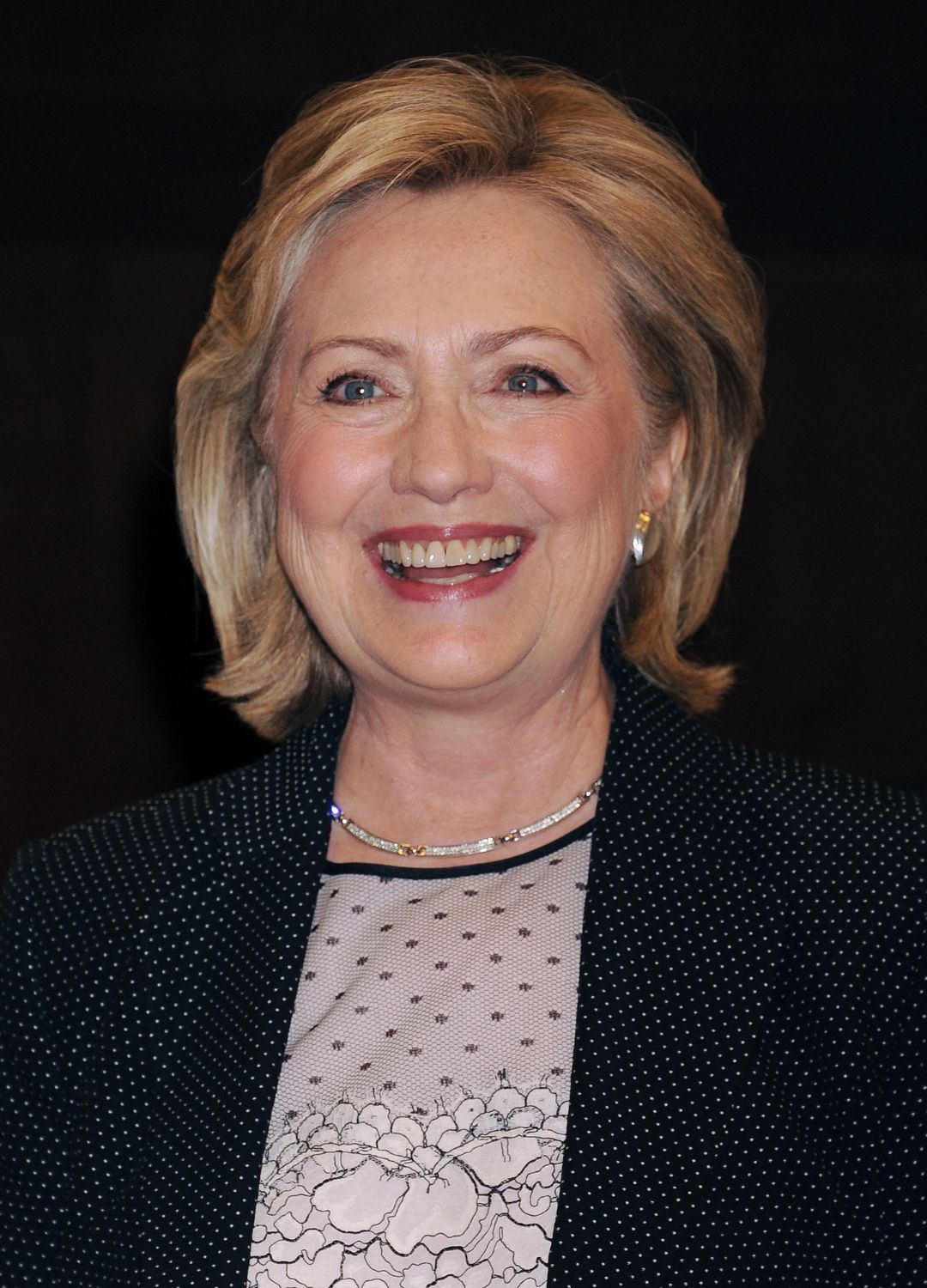
As Bill Clinton’s closest (though unofficial) adviser, Hillary was instrumental in his rise to the top. Strategising on campaigns, managing crises, and helping shape policies on healthcare and education in the White House, she even famously stood by him during that sex scandal. But after helping Bill, Hilary decided it was time to put her own political ambitions first. Once his presidency was over, she set about carving a formidable path of her own: becoming a U.S. Senator, Secretary of State, and the first woman to win a major party’s presidential nomination.
Lou Andreas-Salomé
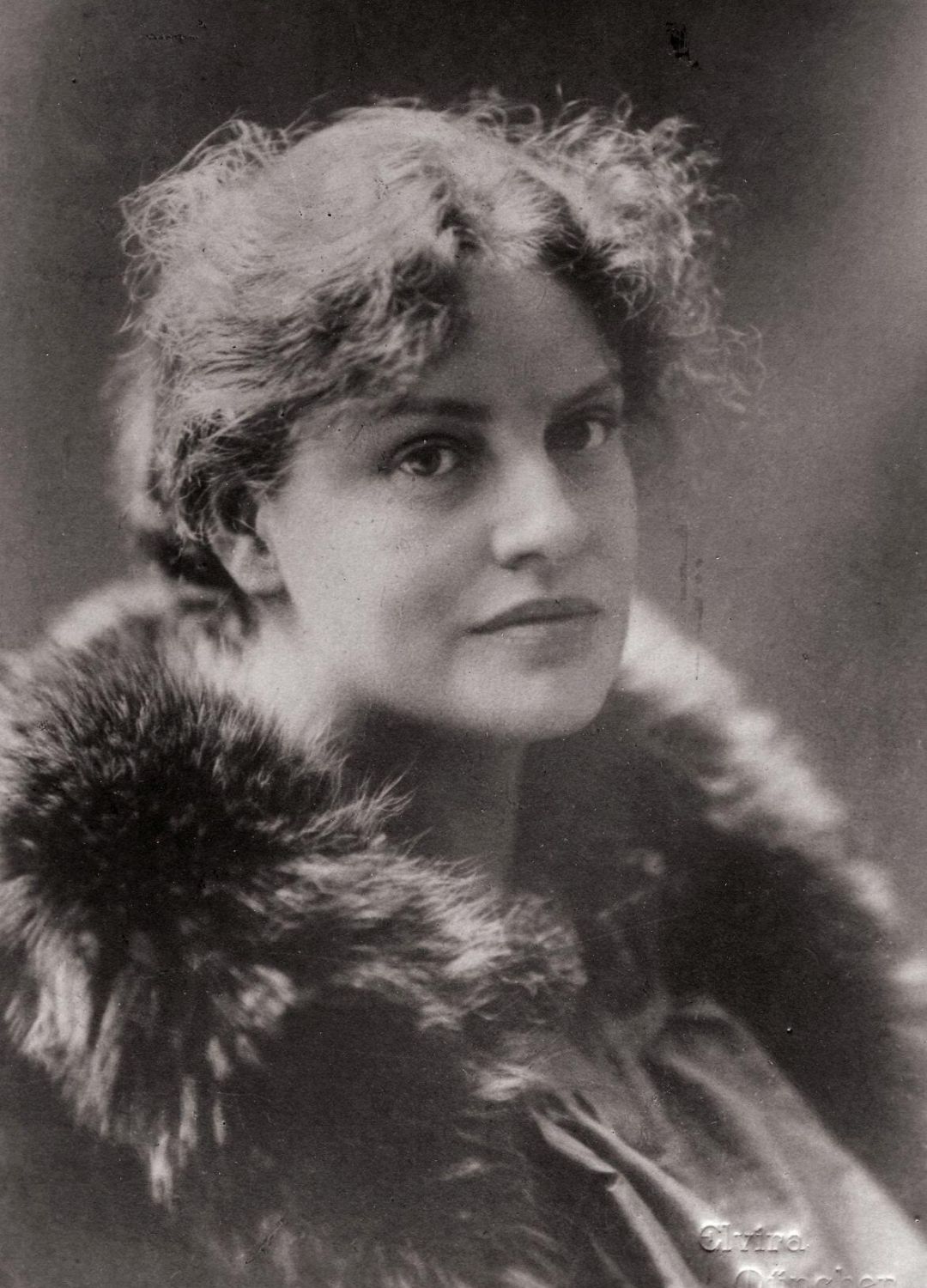
A writer, philosopher, and one of the first female psychoanalysts, Lou Andreas-Salomé didn’t just orbit greatness; she ignited it. Much more than a muse, Lou profoundly influenced the “great” minds of her time: she helped shape Nietzsche’s Zarathustra, mentored a young Rainer Maria Rilke, and trained under Sigmund Freud, who deeply respected her and valued her original insights into the emotional lives of women, long before such topics were openly explored.
Her own writings, including Ruth, Fenitschka, and The Human Being as Woman, tackled love, creativity, freedom, and female selfhood with a psychological depth radical for her time. She challenged norms around marriage and motherhood, and as a pioneering female voice in early psychoanalysis, she didn’t stand behind great men; she stood beside them and made them think harder.
Lady Randolph Churchill
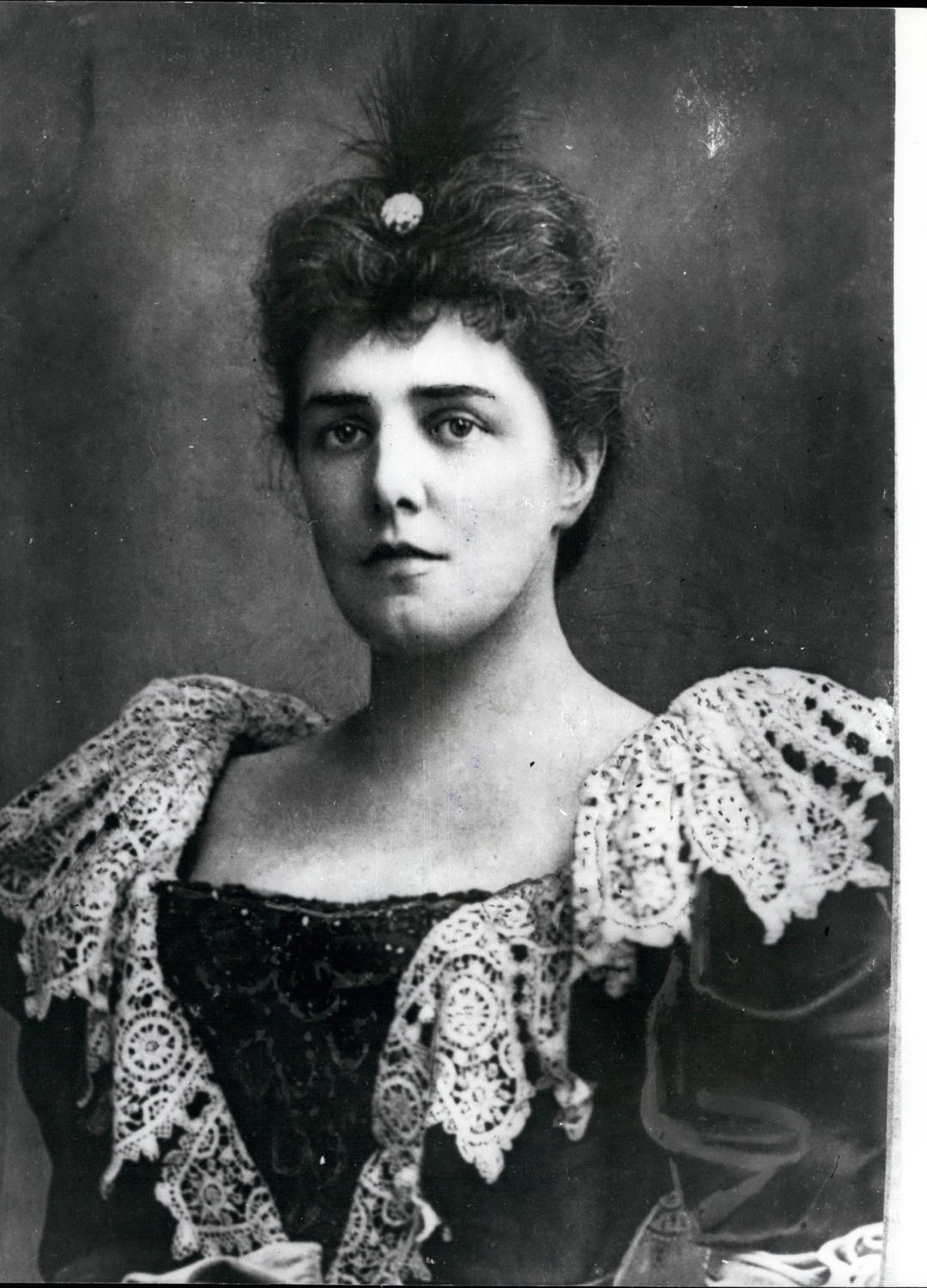
Born in New York and later known as Lady Randolph Churchill, Jennie Jerome was more than a glamorous society figure; she was her son, Winston Churchill’s fiercest advocate. Intelligent, politically savvy, and deeply connected, she helped launch his career, secured key introductions, and advised on strategy and image. A writer and editor in her own right, she founded The Anglo-Saxon Review, a lavish literary journal showcasing essays, fiction, and commentary by prominent writers and politicians of the day. Undeniably a woman way ahead of her time, she was bold and as driven as the son she raised, who famously called her “a brilliant woman… like the evening star.”
Jacqueline Kennedy Onassis
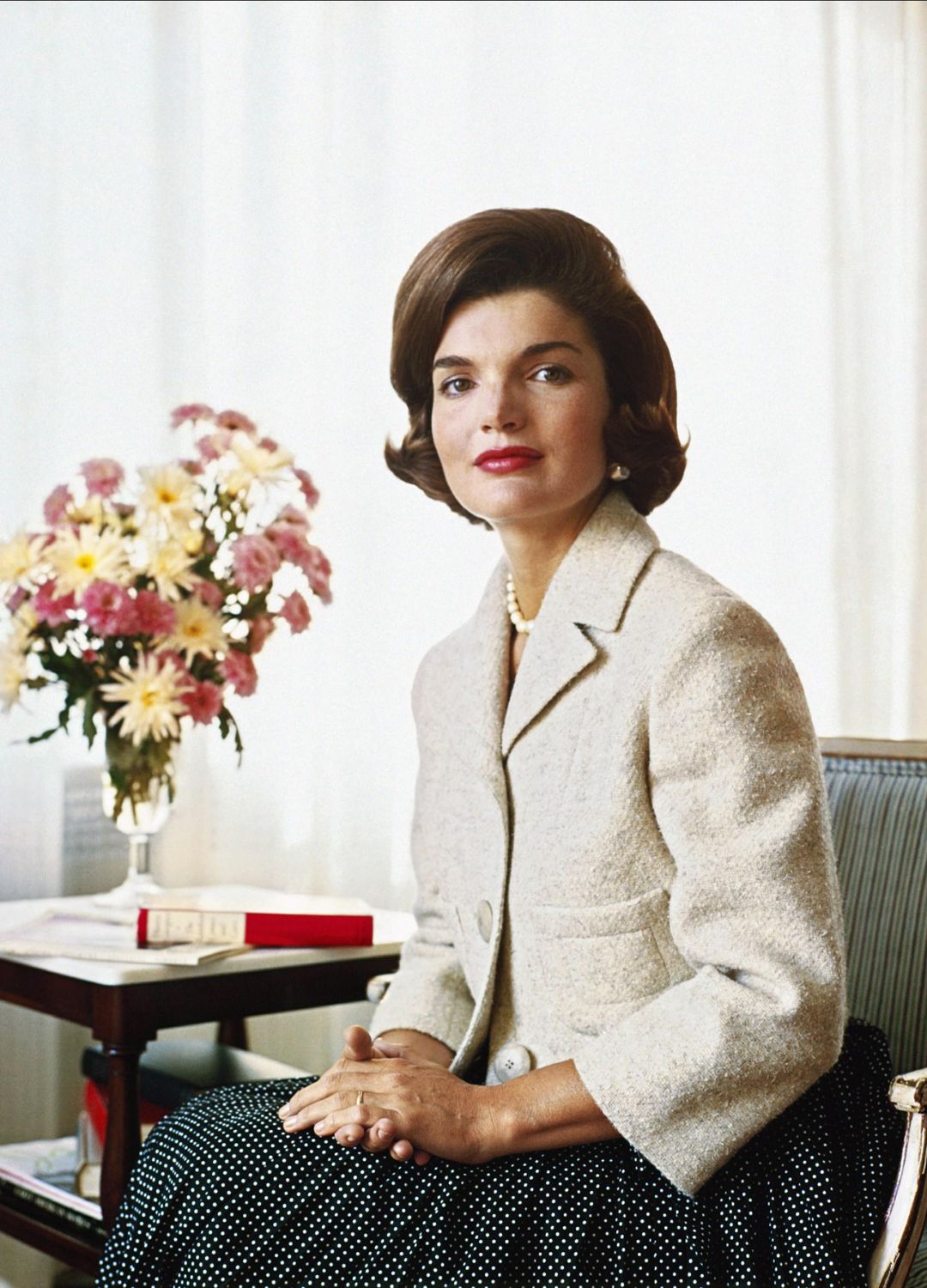
As First Lady, Jackie Kennedy wasn’t just a fashion icon; she elevated the image of the presidency itself. Bringing enviable elegance and intellect to the role, she founded the White House Historical Association in 1961 to restore and showcase American history and culture. She raised funds through a now-iconic guidebook and personally sourced historic pieces to reflect the nation’s heritage. While her televised tour of the institution brought this vision into millions of homes. Behind the scenes, she supported JFK through triumph and tragedy, and later built her own legacy as a respected book editor and cultural tastemaker, setting trends, promoting the arts, and constantly redefining modern elegance.
Marie Curie
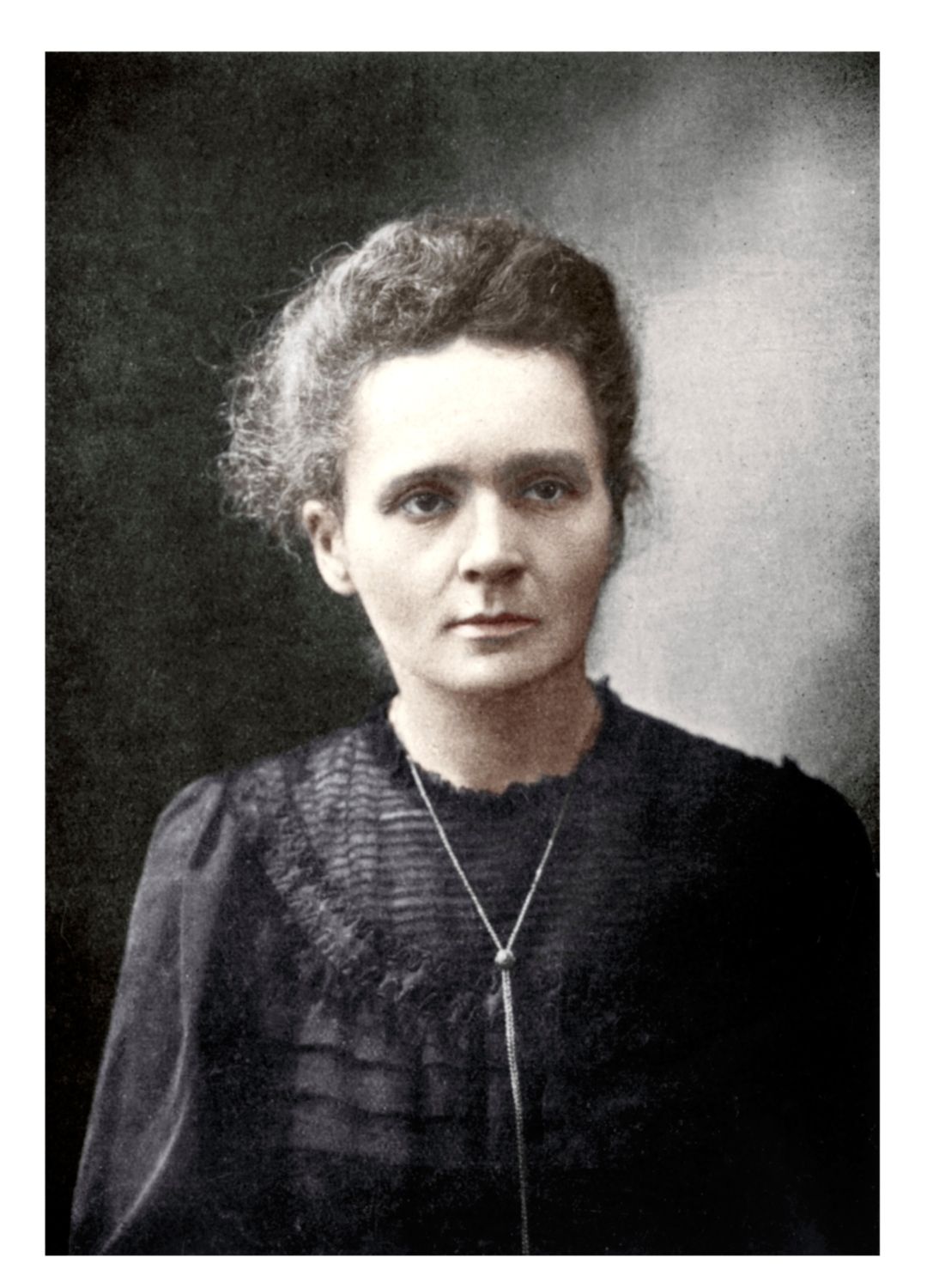
Marie Curie’s early research on radioactivity intrigued her husband, Pierre Curie, so deeply that he shifted his scientific focus to join her, beginning a collaboration that led to the discovery of polonium and radium, earning a shared Nobel Prize in Physics. But it was Marie’s vision, method, and relentless determination that opened the door to a new scientific era. After Pierre’s tragic death, she carried on their research, becoming the first person to win two Nobel Prizes, and forged a legacy as one of the greatest scientists in history.
Lady Elizabeth Bowes-Lyon

Behind King George VI stood Lady Elizabeth Bowes-Lyon, a woman of quiet strength and steely resolve, who helped her husband overcome his crippling stammer, restored his confidence after the abdication crisis that thrust him unexpectedly onto the throne, and famously refused to flee London during the Blitz, even after Buckingham Palace was bombed, devoted to showing that the royals stood shoulder to shoulder with the people of Britain.
It was this calm presence and unshakable loyalty that made her an enduring national symbol of resilience. Later in life, she took on the mantle of the Queen Mother, became a guiding influence for her daughter, Queen Elizabeth II, who became monarch at just 25. Living until 101, she is remembered as a much-beloved public figure who continued her royal duties right up to the end, and is credited with supporting over 300 charities.
Michelle Obama
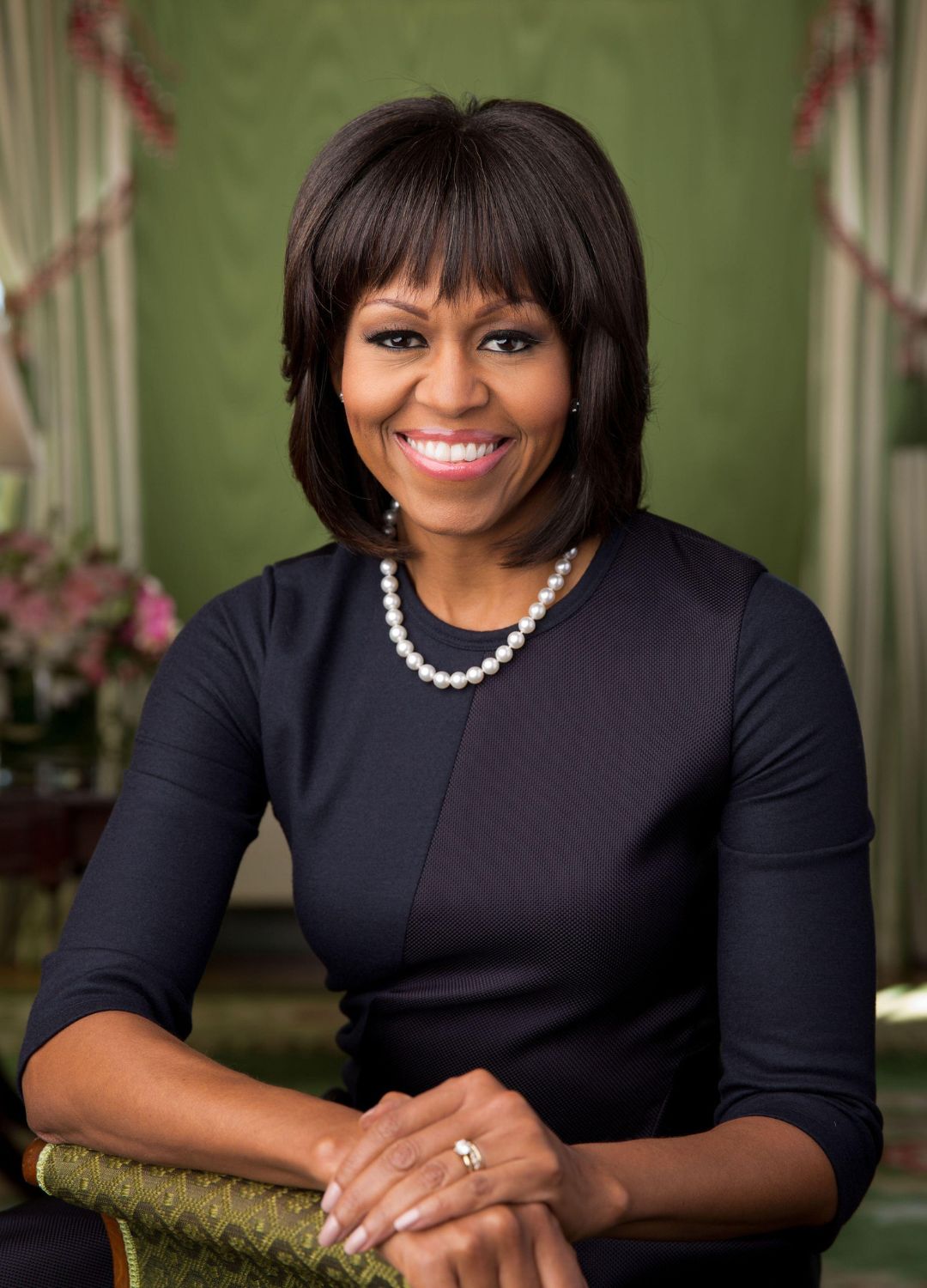
From the campaign trail to the White House, Michelle Obama helped shape her husband Barack’s public image, grounding his presidency in warmth, relatability, and imbuing a strong emphasis on family. But her legacy extends far beyond that of a supporting role. As First Lady, she launched the Let’s Move! campaign to combat childhood obesity, championed girls’ education worldwide, and became a bestselling author with her memoir Becoming. Her phrase “When they go low, we go high,” first spoken at the 2016 Democratic National Convention, has become a defining call for grace and resilience, values she’s continued to embody long after leaving the White House.
Aurelia Cotta

Hailing from a prestigious family and described as intelligent, ambitious, and politically savvy, Aurelia Cotta raised Julius Caesar largely alone after his father died. Far from a background figure, this single mum channeled true mamma bear energy as she continually protected him throughout Rome’s volatile power struggles, even intervening to save him from execution by the dictator Sulla. Roman historians credit her with shaping Caesar’s values and character, arranging everything from his education to his marriage. Who can blame him for not wanting to cut the apron strings when you have a cheerleader like Aurelia in your corner?
Emma Darwin
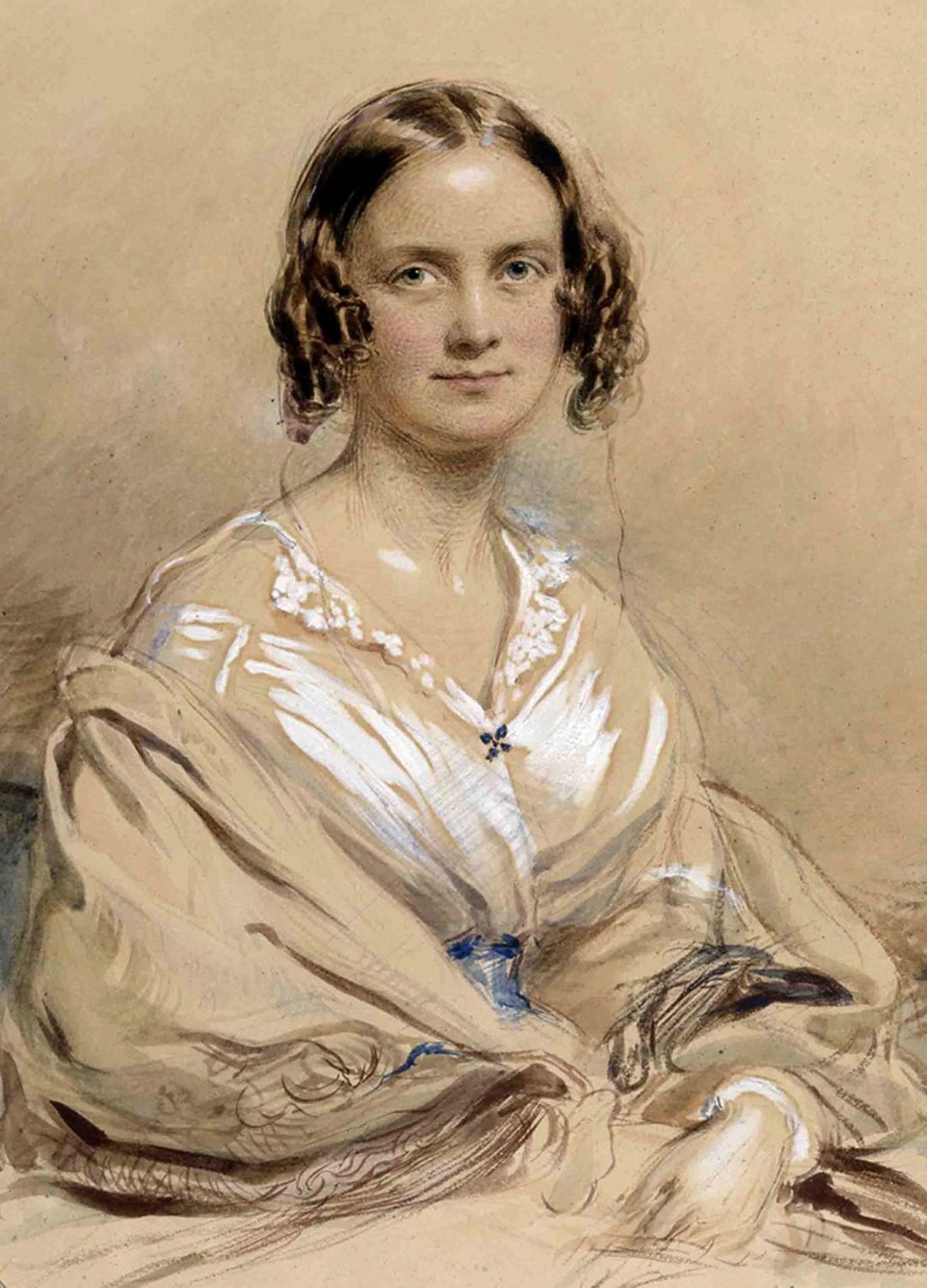
Emma Darwin wasn’t just Charles Darwin’s wife (and cousin!), she was his moral compass and fiercest protector. Deeply religious, she unsurprisingly challenged his groundbreaking scientific ideas with compassion and intellect, urging him to consider how On the Origin of Species would affect faith and society. She edited his work, shielded his fragile health, and kept their home life running so he could focus on discovery. But Emma’s influence didn’t stop there. Fluent in several languages, a talented pianist, and an insightful letter-writer, her correspondence remains a valuable window into Victorian intellectual life. She may never have published a theory, but her quiet brilliance helped shape one of the most revolutionary ideas in history.
Barbara Villiers

During England’s bawdy Restoration era, Barbara Villiers, the 1st Duchess of Cleveland, became much more than just King Charles II’s mistress. She gave him five children, but more importantly, shaped court politics, swayed appointments, and elevated her allies while ruining her rivals. With unmatched beauty and razor-sharp ambition, she secured titles for her family, championed Tory causes, and became a public symbol of both scandal and power. Dismissed by many as a temptress, she was in fact a political player with real agency. In a time when women were meant to stay silent, Barbara not only made herself heard, but also feared.
Nell Gwyn
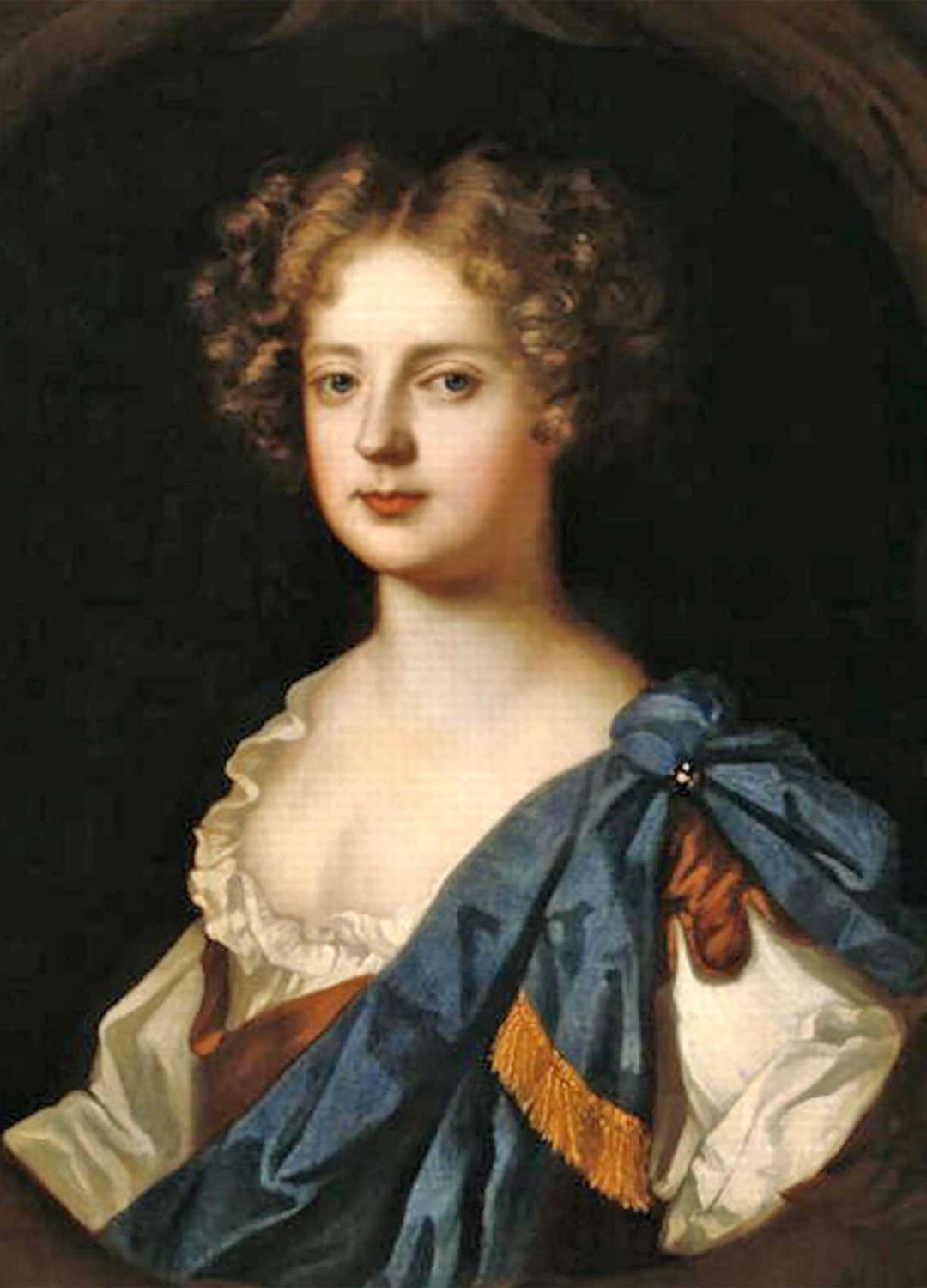
From orange-seller to stage star to royal favourite, Nell Gwyn rose through Restoration England with charm, wit, and warmth as one of Charles II’s most beloved mistresses, who was adored not just by the king but by the people, who saw her as one of their own. Unlike many at court, Nell never forgot her humble roots, using her influence to lobby for the poor and, as legend tells it, encouraging the king to found the Royal Hospital Chelsea for wounded soldiers. Perhaps she wasn’t political in the traditional sense, but her compassion and humility left a lasting legacy.
Livia Drusilla
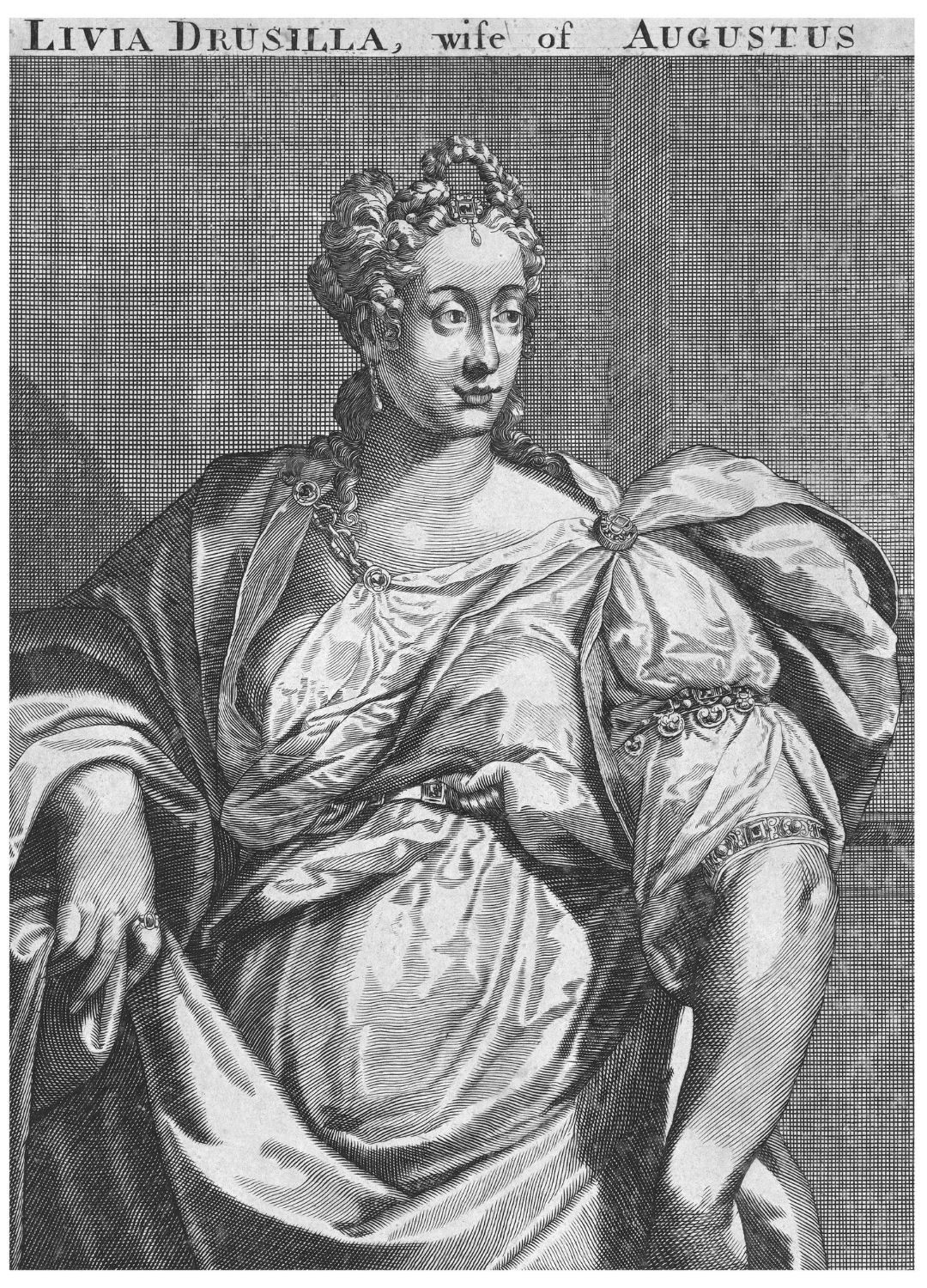
Known as “the first lady of Rome,” Livia Drusilla, wife of Emperor Augustus, was no ordinary empress. For over five decades, she was his most trusted advisor, shaping imperial policy with a quiet authority that outlived the emperor himself. Respected for favouring diplomacy over bloodshed, she is said to have tempered Augustus’ harsher instincts. But Livia’s influence didn’t end with him; she paved the way for future dynasties, with a direct lineage to many notorious emperors, including Tiberius, Claudius, Caligula, and even Nero. So enduring was her legacy that she was deified after her death, elevated to goddess status by her grandson, Emperor Claudius.
Eleanor Roosevelt

Far from a ceremonial First Lady, Eleanor Roosevelt was as hands-on as they come. As Franklin D. Roosevelt’s most trusted adviser, she travelled, wrote, and often spoke on his behalf when polio limited his mobility. But she was no lackey; FDR genuinely valued her input, and she helped shape policies on civil rights, poverty, and women’s rights, famously holding over 300 press conferences exclusively for female journalists. She also penned My Day, a widely read syndicated column she wrote six days a week for nearly three decades, shining a light on social injustice and giving voice to the unheard. Even after his death, Eleanor continued her public service on the world stage, helping to draft the Universal Declaration of Human Rights as the first U.S. delegate to the United Nations Human Rights Commission.
Gruoch
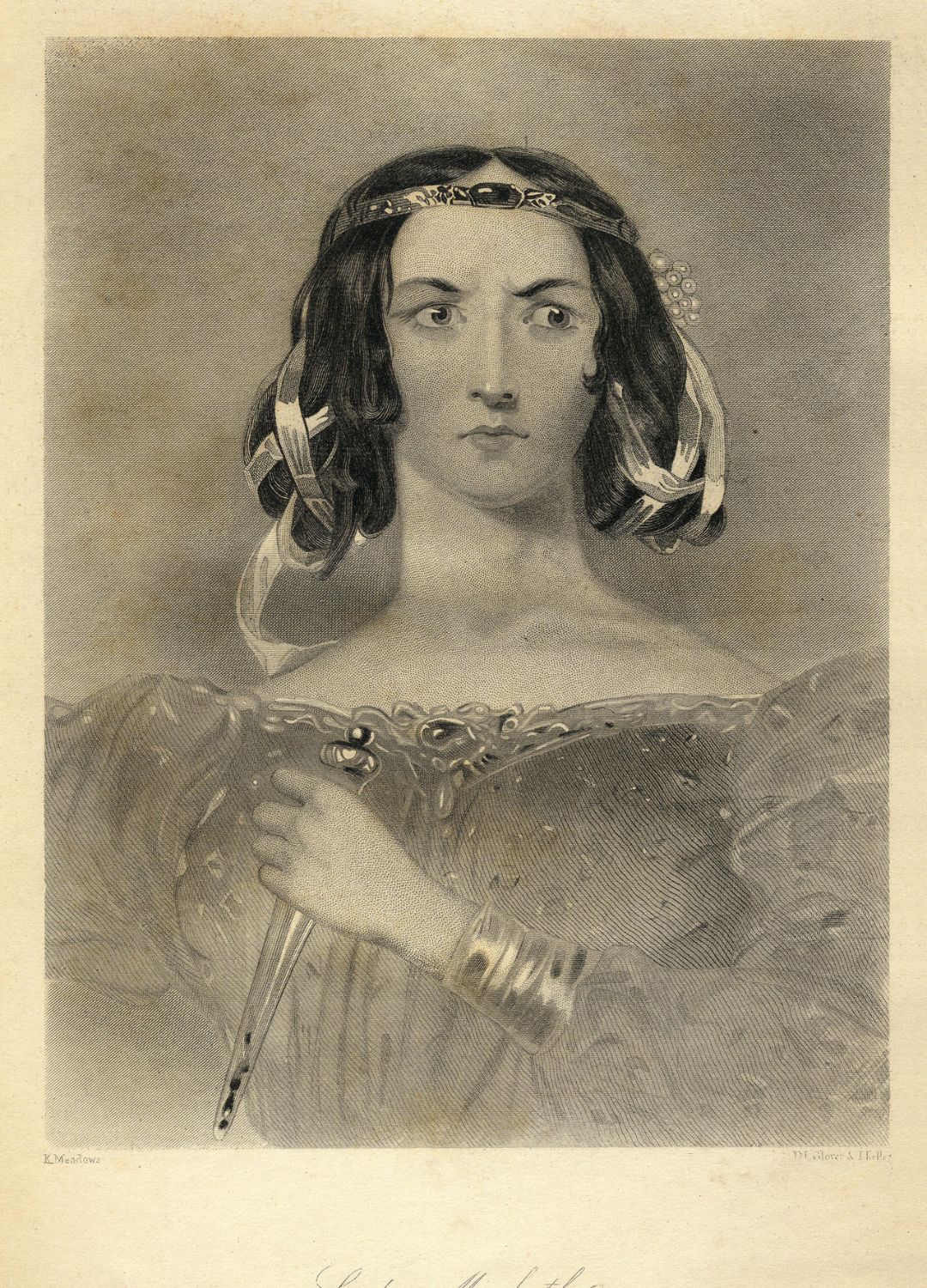
Long before Shakespeare painted her as a murderous and manipulative queen, the real Lady Macbeth, Gruoch of Scotland, was a noblewoman with royal blood who savvily navigated the treacherous politics of 11th-century Scotland. The daughter of Boite mac Cináeda and granddaughter of a Scottish king, Gruoch’s royal lineage made her a valuable political ally. As the wife of Macbeth, King of Scots, she likely played a key role in legitimising his claim to the throne. Far from the villain of stage legend, Gruoch was a strategic figure in a violent, shifting world of power and succession.
Fanny Stevenson
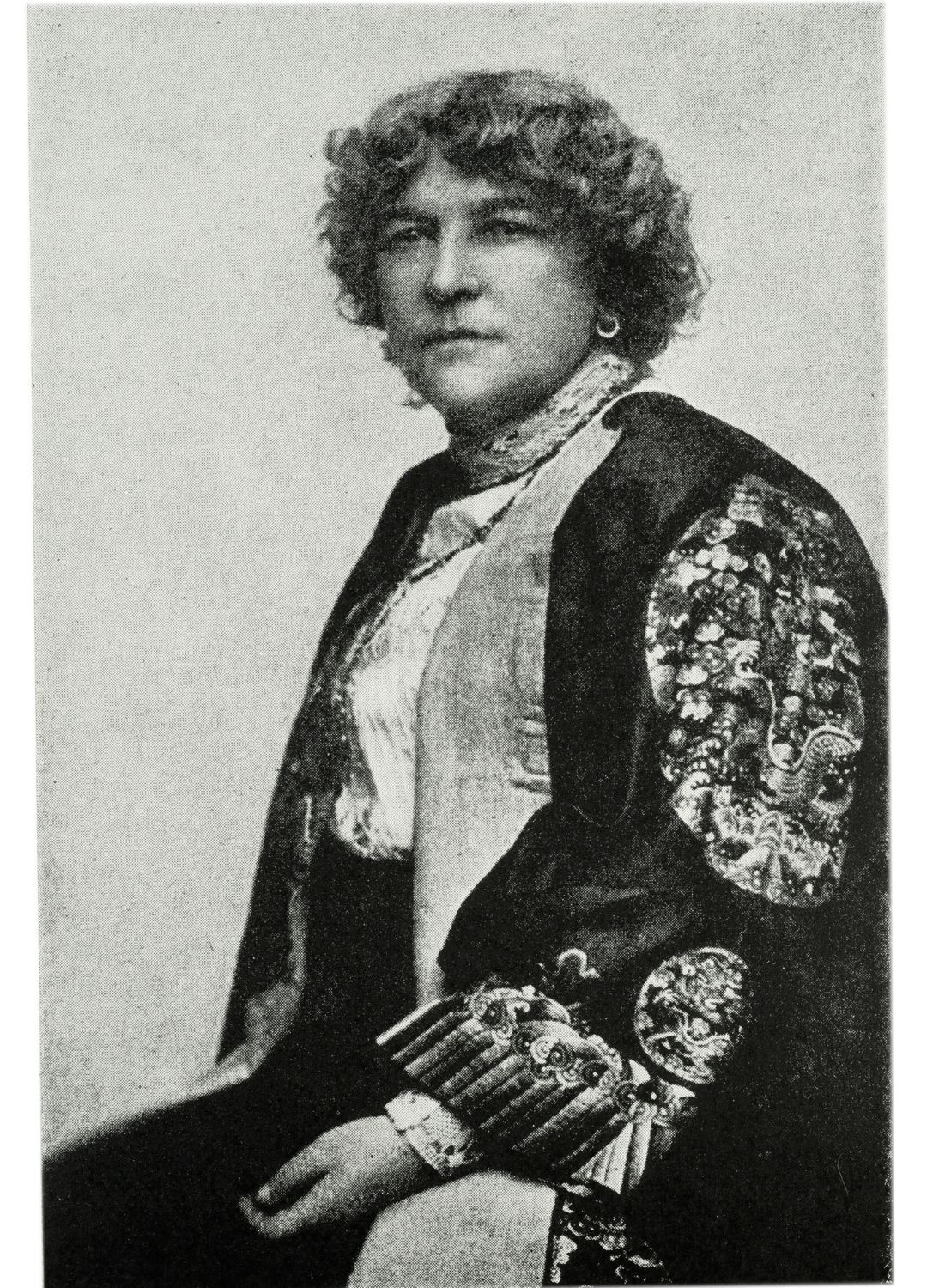
Before he became the literary legend behind Treasure Island and Dr Jekyll and Mr Hyde, Robert Louis Stevenson was a sickly, struggling writer with more ambition than direction. Cue Fanny Osbourne, a formidable American who changed everything. Eleven years his senior, with a pistol in her handbag and a past forged of hardship, Fanny wasn’t just his muse, she was his editor, manager, nurse, PA, and fiercest advocate. She nursed him through countless bouts of illness, pushed him to write fiction when others doubted him, and even helped shape the stories that made him famous. A creative in her own right, Fanny published short stories, studied art in Paris, and together, they lived a bohemian life of restless creativity, from Californian mining towns to Samoan hillsides, chronicled in books they essentially built together.
Harriet Taylor Mill
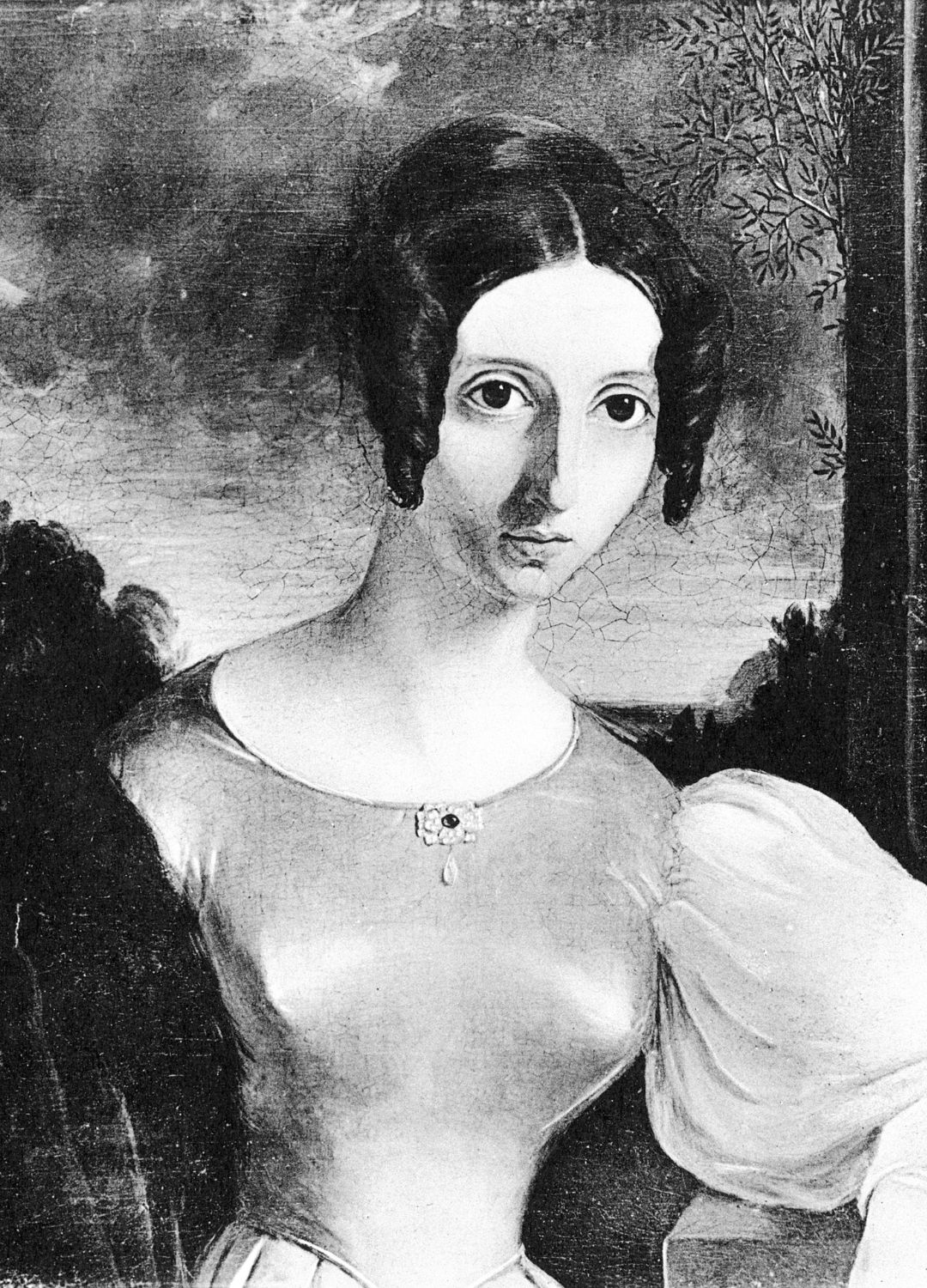
Harriet Taylor Mill may have looked the picture of Victorian gentility, but don’t be fooled, she was practically a literary radical in petticoats. A sharp thinker and fierce advocate for women’s rights, Harriet didn’t just support her husband, philosopher John Stuart Mill; she helped mould many of his most influential ideas.
From On Liberty to The Subjection of Women, her influence runs through his work, which famously focused on individual freedoms and gender equality. Her own writings on equality and political economy were also way ahead of their time, and it's widely believed she contributed significantly to Mill’s thinking, particularly on class and gender.
Some scholars even credit her with shaping key passages that advanced early ideas on social reform. Behind closed doors and in the margins of manuscripts, she was his collaborator, editor, challenger, and muse, ultimately a quiet powerhouse who was one of the women who inspired Mill to present the first women’s suffrage petition to Parliament in 1866.
María de Toledo
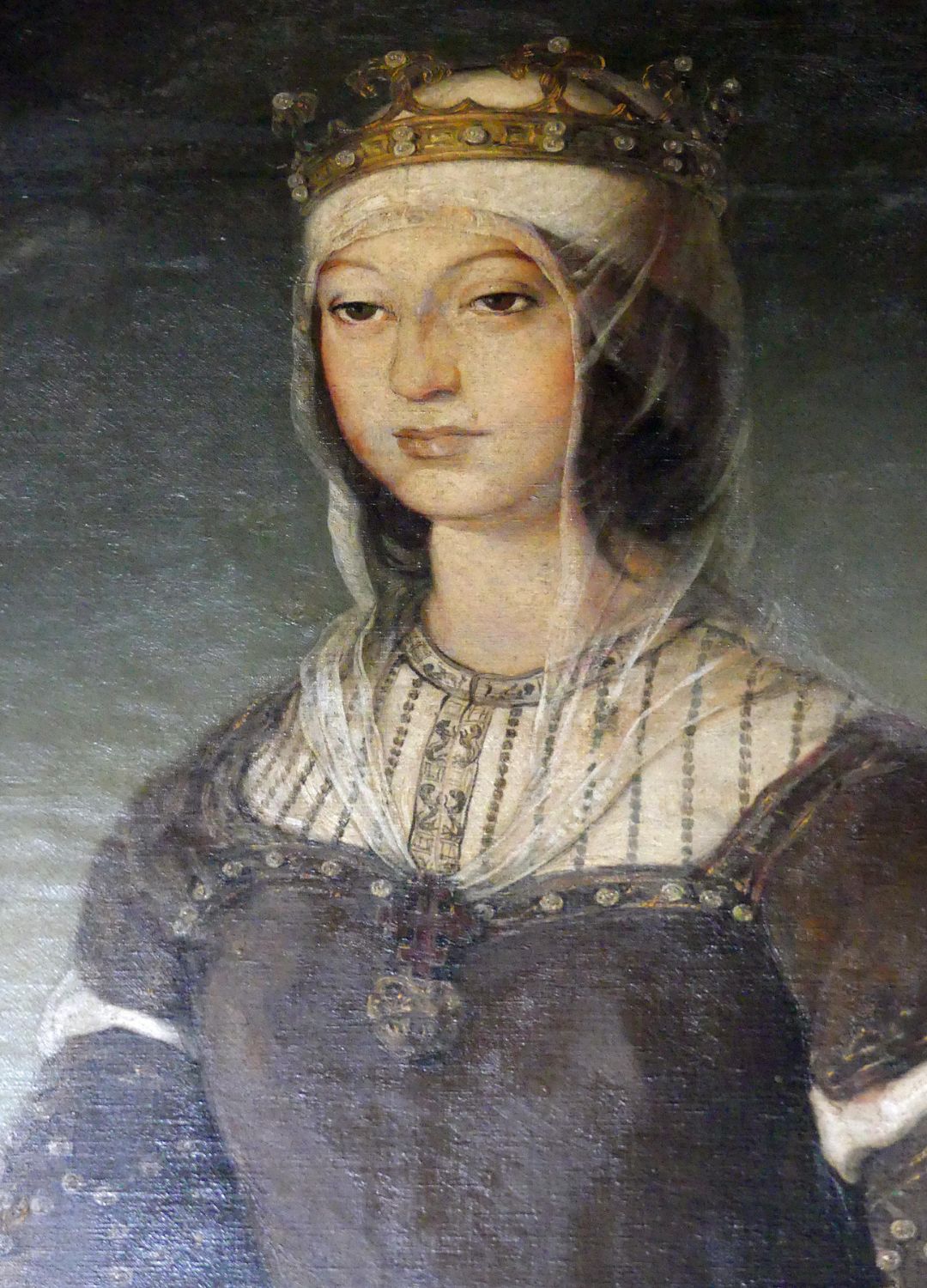
María de Toledo may have been born into nobility, but she made her mark through brains as much as bloodline. Granddaughter of the powerful Duke of Alba and wife of Diego Colón (son of Christopher Columbus), she became the highest-ranking noblewoman in the New World when Diego was made Viceroy of the Indies, ruling from Santo Domingo (present-day Dominican Republic).
Proving she was just as much the ruler as he was, María governed in his absence, managed colonial finances, and is remembered for speaking out against the mistreatment of the Taino people. A formidable regent with a sharp political mind, she brought diplomacy and dignity to an era marked by conquest, which earned her respect on both sides of the Atlantic.
Edith Wilson
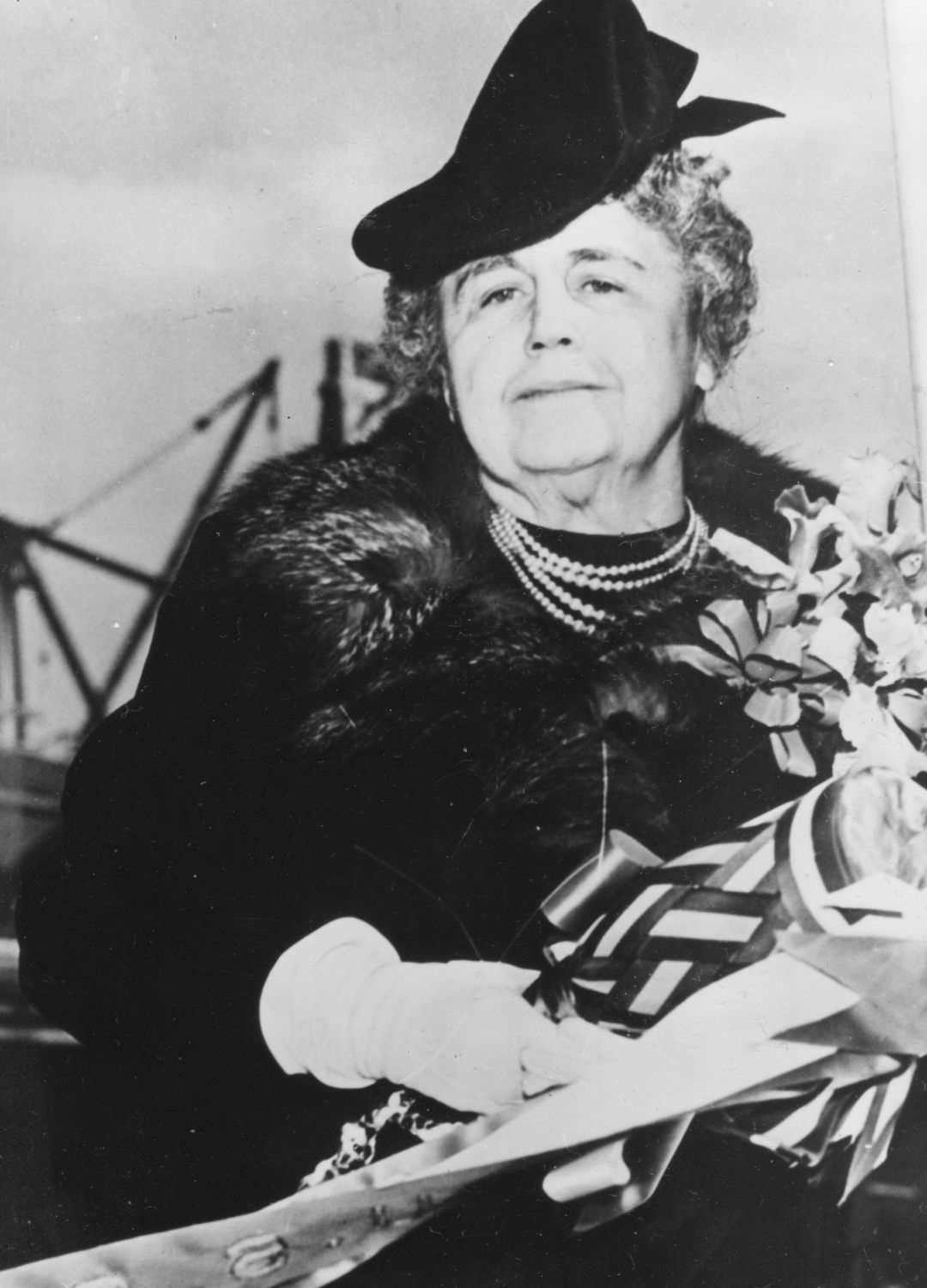
Edith Wilson didn’t just support a president; she practically became one after Woodrow Wilson suffered a massive stroke in 1919. Forget the Vice President, Edith stepped in as his gatekeeper, adviser, and, many argue, de facto commander-in-chief. She reviewed all paperwork, controlled who could see him, and decided which issues deserved his attention, all the while claiming she was merely a “steward”. But make no mistake: Edith effectively ran the White House for the rest of his term.
Even before the stroke, she was involved in policy discussions and became the first First Lady to travel overseas on a diplomatic mission, accompanying Wilson to the Paris Peace Conference, and was one of the only women present in the Hall of Mirrors at Versailles when he gave his League of Nations address. Even after his death, her devotion knew no bounds, as she went to great lengths preserving his legacy, publishing her memoir My Memoir in 1939, and helping establish the Woodrow Wilson Foundation in 1921 to promote his ideals of international peace and democracy. If that’s not love, we don’t know what is.
Josephine de Beauharnais
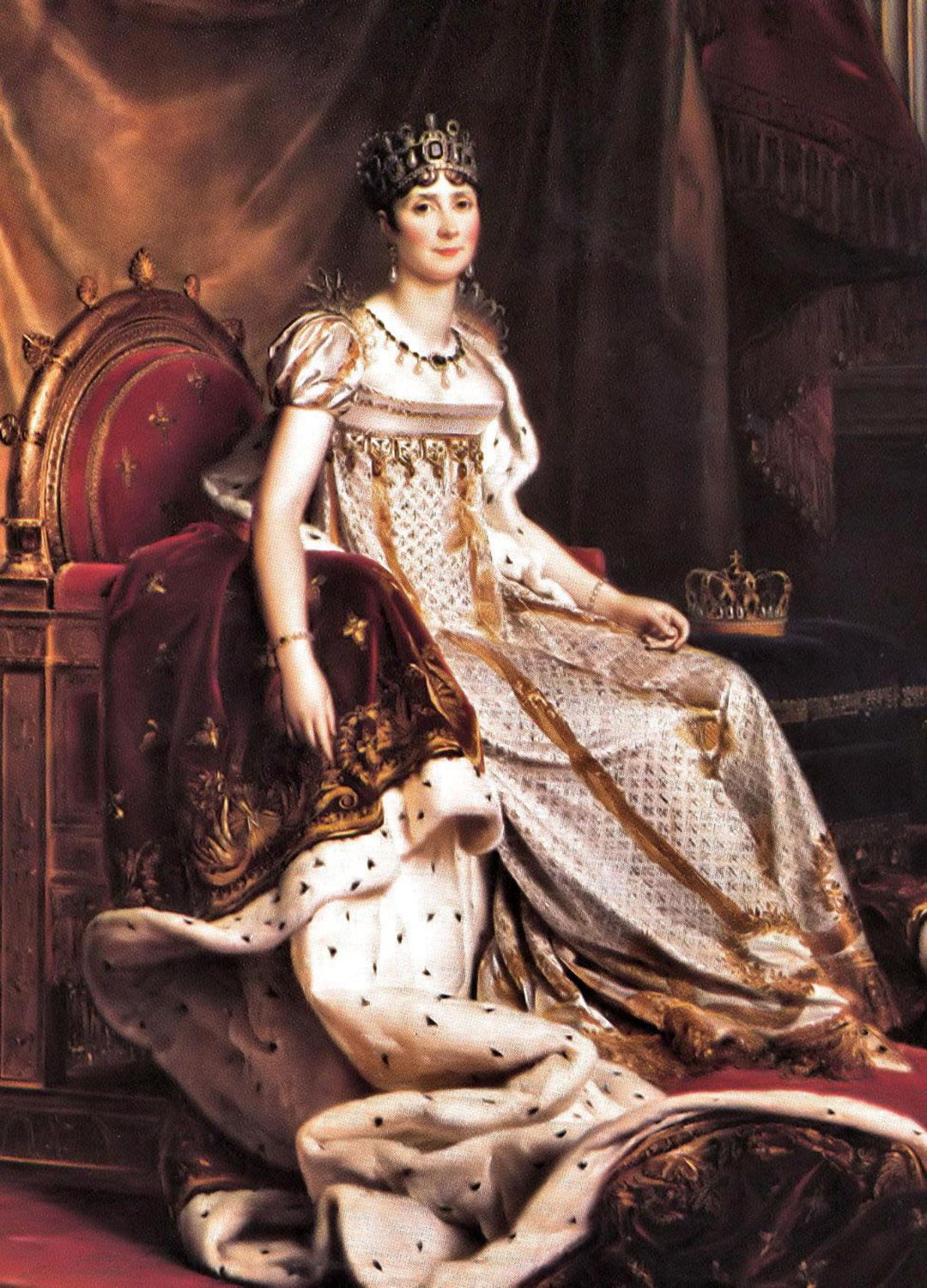
So much more than being "just" Napoleon’s wife, Joséphine de Beauharnais was the Emperor's social strategist and style icon. As Empress Joséphine used her aristocratic ties to soothe post-revolution tensions, hosted glittering salons to charm allies, and helped define the Empire style in fashion and design. As a devoted patron of the arts and passionate horticulturist, she also received praise for transforming her Malmaison estate into a botanical haven famed for its roses.
Olympia of Epiros
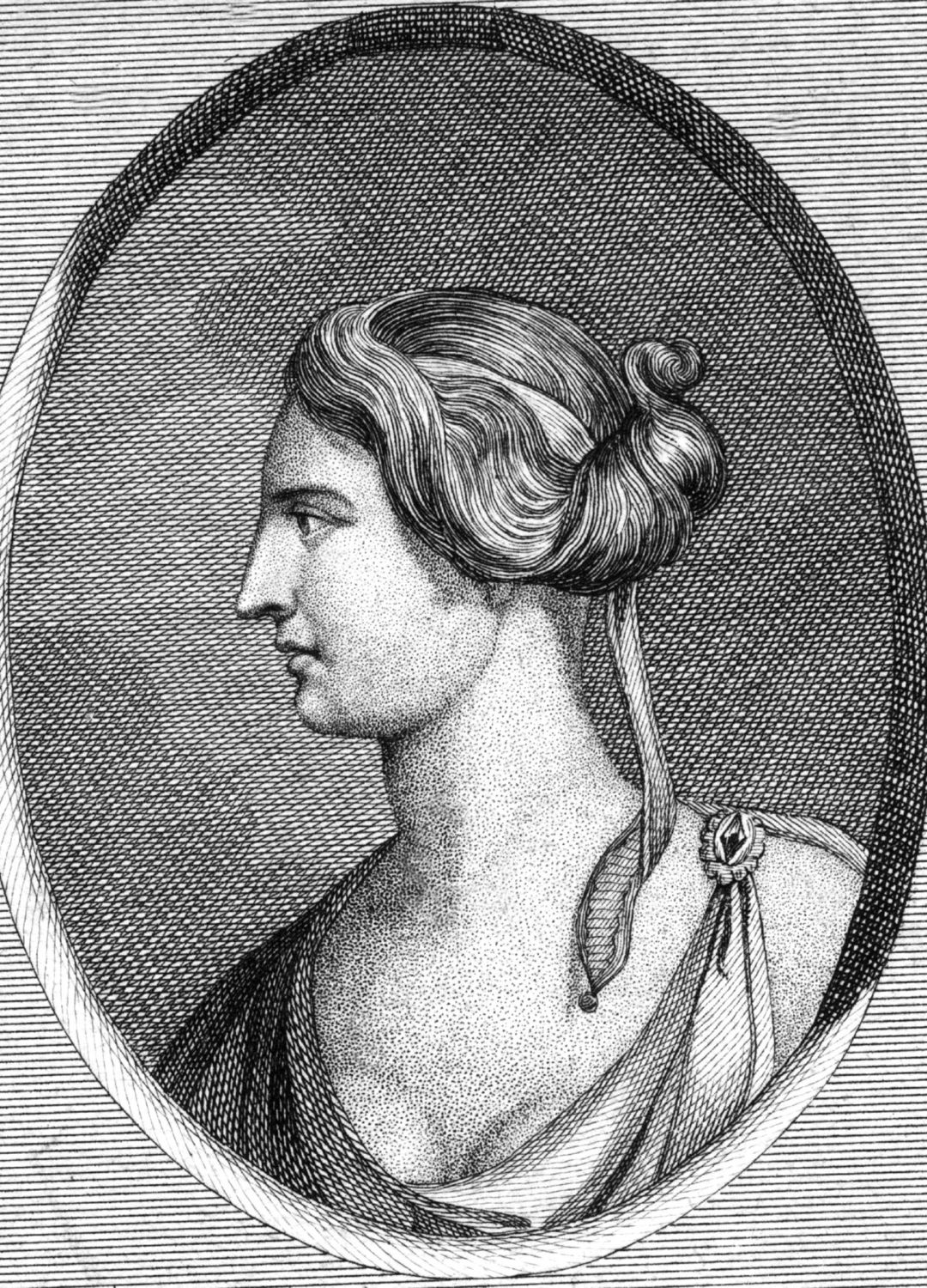
Fierce, mystical, and politically ruthless, Olympia wasn’t just Alexander the Great’s mother; she was a driving force who helped to shape one of history’s most iconic military minds. As the wife of Philip II of Macedon, the powerful king who unified Greece, she fought to secure Alexander’s place as heir amid a court full of rivals. After Philip’s assassination, she swiftly removed threats to her son’s throne and fuelled his belief in divine purpose. A skilled strategist, Olympia later ruled as regent for her grandson, commanded armies, and remained a political force long after Alexander set off to conquer the rest of the world.
Abigail Adams

Abigail Adams wasn’t just the wife of America’s second president; she was John Adams' most trusted adviser. Reported as being fiercely intelligent and politically astute, she exchanged hundreds of letters with John Adams, shaping his views from afar. One of her most influential and impactful moments was when she famously urged him to “remember the ladies” as the Founding Fathers wrote new laws, making her one of the earliest voices for women’s rights in the U.S.
Natalie Denton is a freelance writer and editor with nearly 20 years of experience in both print and digital media. She’s written about everything from photography and travel, to health and lifestyle, with bylines in Psychologies, Women’s Health, and Cosmopolitan Hair & Beauty. She’s also contributed to countless best-selling bookazines, including Healthy Eating, The Complete Guide to Slow Living, and The Anti-Anxiety Handbook.
